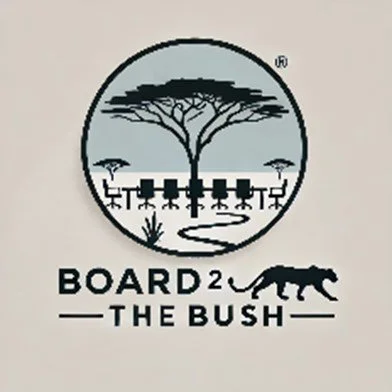Beyond Africa’s famed Big Five including the vast buffalo herds lies an array of extraordinary wildlife that plays a vital role in the ecosystems they inhabit. Giraffes, with their towering necks and graceful stride, are nature’s gentle giants, silently shaping the landscape as they feed. Antelope such as impalas, kudus, and oryx showcase elegance and agility, thriving in harmony with the wild. These creatures, often overlooked in the shadow of their larger neighbours, are no less captivating. This section highlights their beauty, behaviour, and the essential roles they fulfil in maintaining the delicate balance of their habitats.
Fact: Savannahs and bushlands, covering 20% of the Earth’s land, are rapidly disappearing due to deforestation, agriculture, and climate change. These vital ecosystems support over 2 million species, including lions, elephants, and rhinos, but are shrinking at alarming rates.
Habitat Loss – Up to 70% of savannahs have been lost to farming, mining, and urban expansion.
Climate Change – Rising temperatures and erratic rainfall are increasing wildfires, droughts, and desertification, with the Sahel region losing 50-100 km of land per year to the Sahara.
Human-Wildlife Conflict – Habitat loss forces animals into farms, leading to thousands of retaliatory killings annually.
Biodiversity Collapse – The decline of keystone species like elephants disrupts entire ecosystems, accelerating extinction risks.
Without urgent conservation, savannahs could lose 50% more land by 2050, pushing countless species toward extinction.

Okavango, Botswana. Impala during the golden hour.

Kenya, Masi Mara

Phinda, South Africa. Zebras telling a joke.
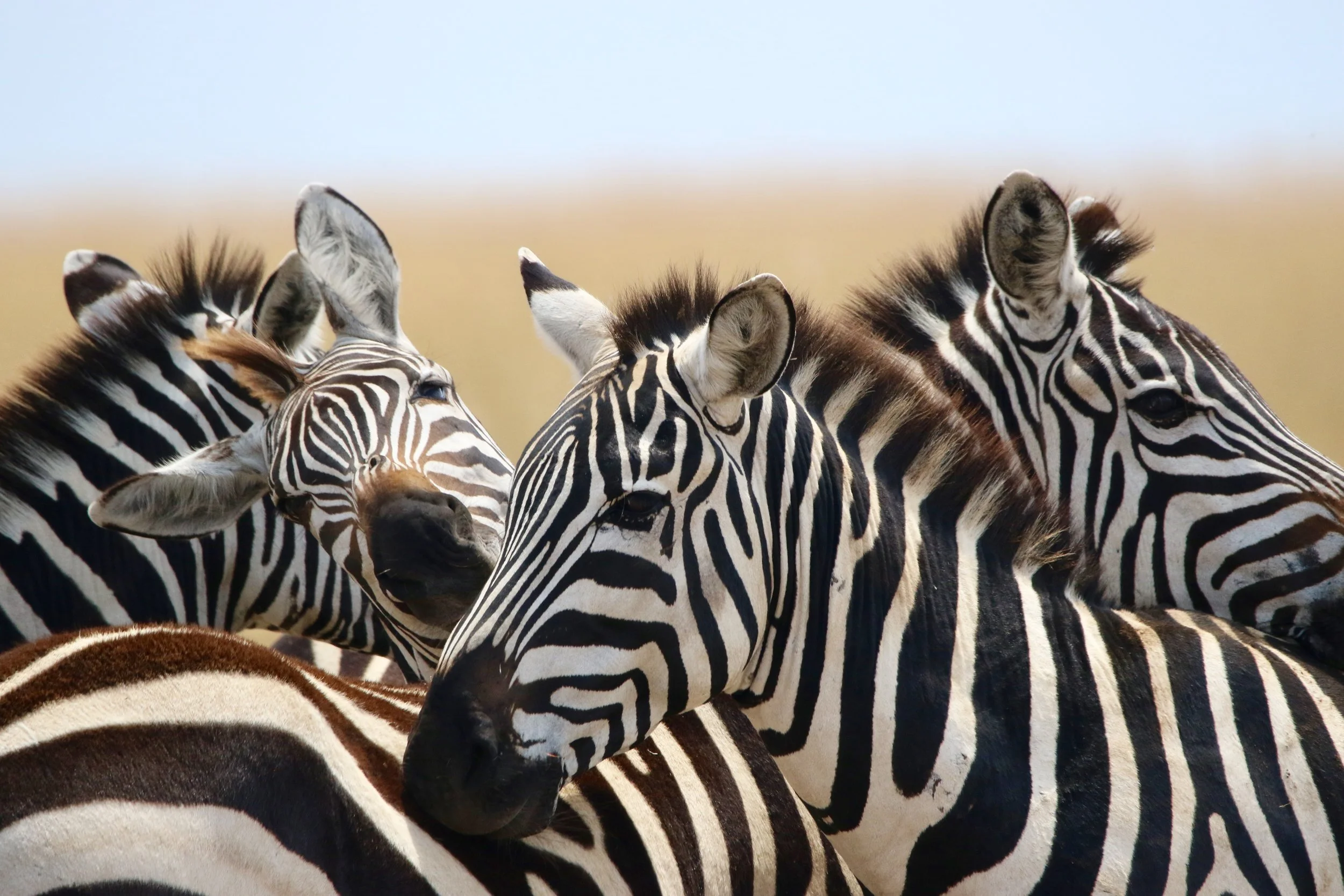
Kenya, Masi Mara, Phinda, Zebra posing for the photo.

Phinda, South Africa. Mother and foal.

Kenya, Masi Mara

North Luangwa National Park Zambia. Leopard lookout.

Okavango, Botswana. Vervet Monkey on a termite mound, good vantage point.
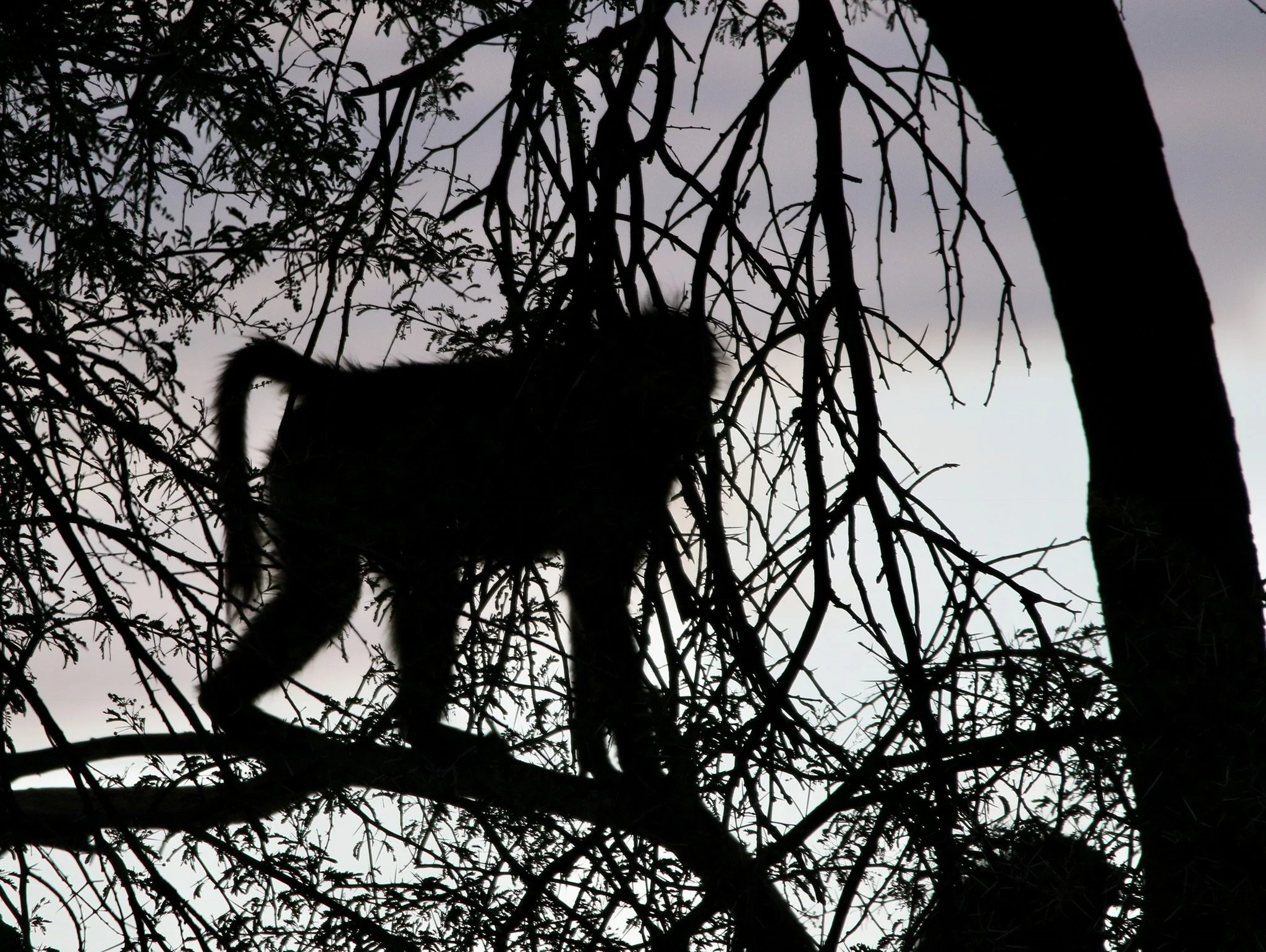
Thorny Bush, Kruger, South Africa, Chacma Baboon

Okavango Botswana. Big bull buffalo on guard. Taken in 2018, grass was plentiful.
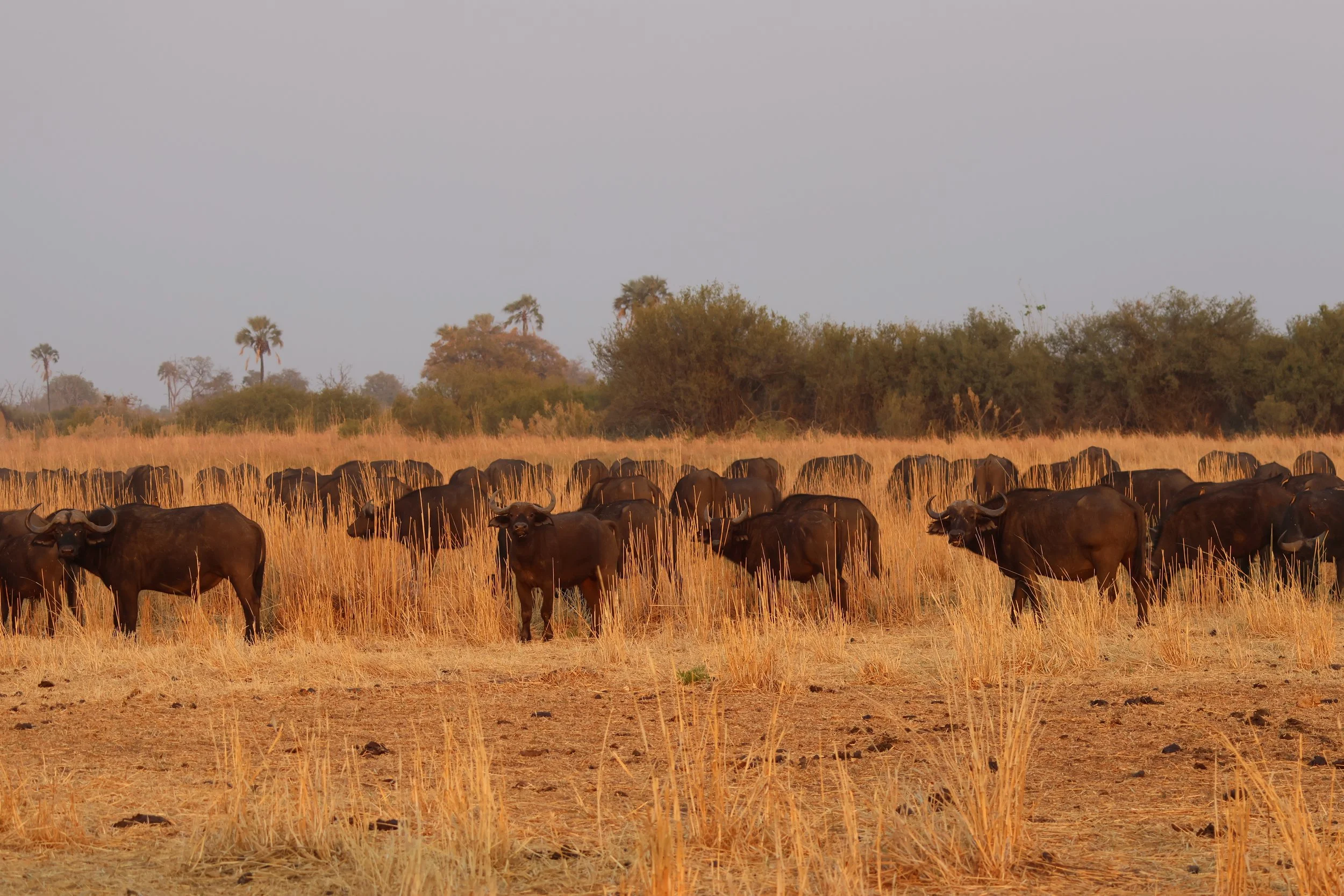
Okavango Botswana. Buffalo herd on the move looking for food. Taken in 2024 in the middle of the drought.

Mana Pool, Zimbabwe. Strike a pose
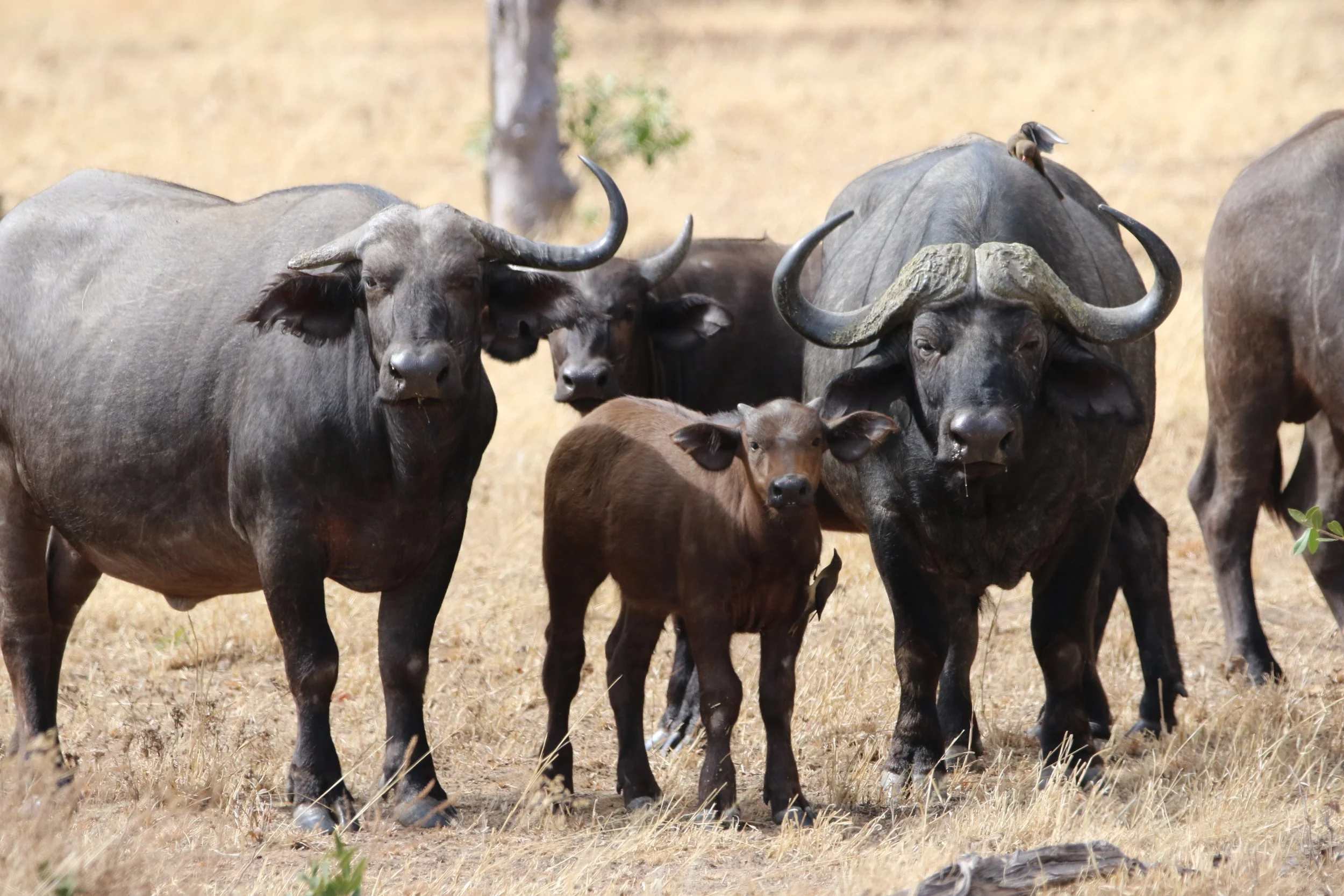
Okavango Botswana.
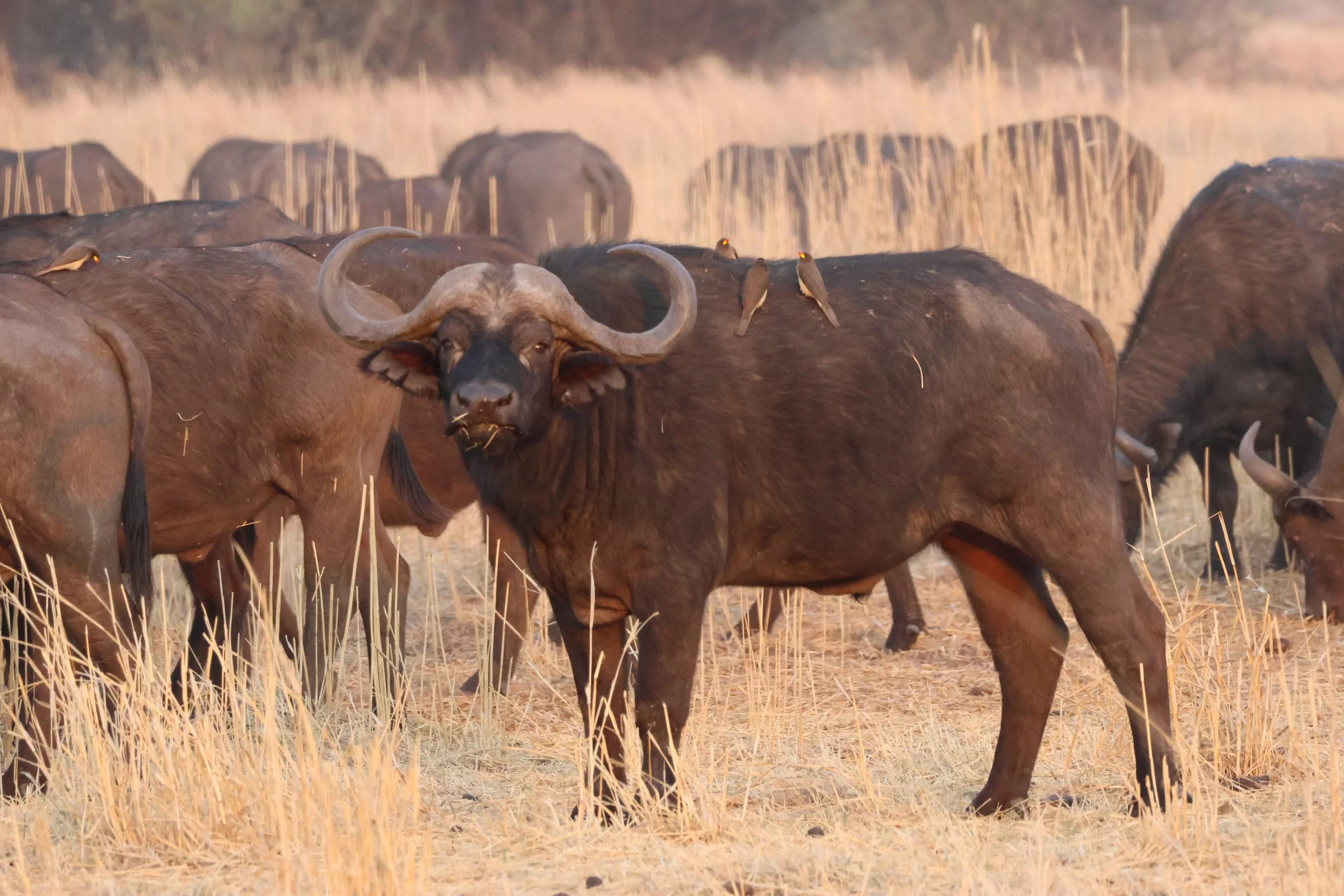
Okavango Botswana.

Mana Pools, Zimbabwe. Oxpeckers feed on external parasites like ticks and flies that infest buffaloes. Consuming these parasites helps keep buffaloes' fur and skin healthier and cleaner.

Okavango Botswana. Impala at sunset

Thorny Bush, Kruger, South Africa. Bush Buck
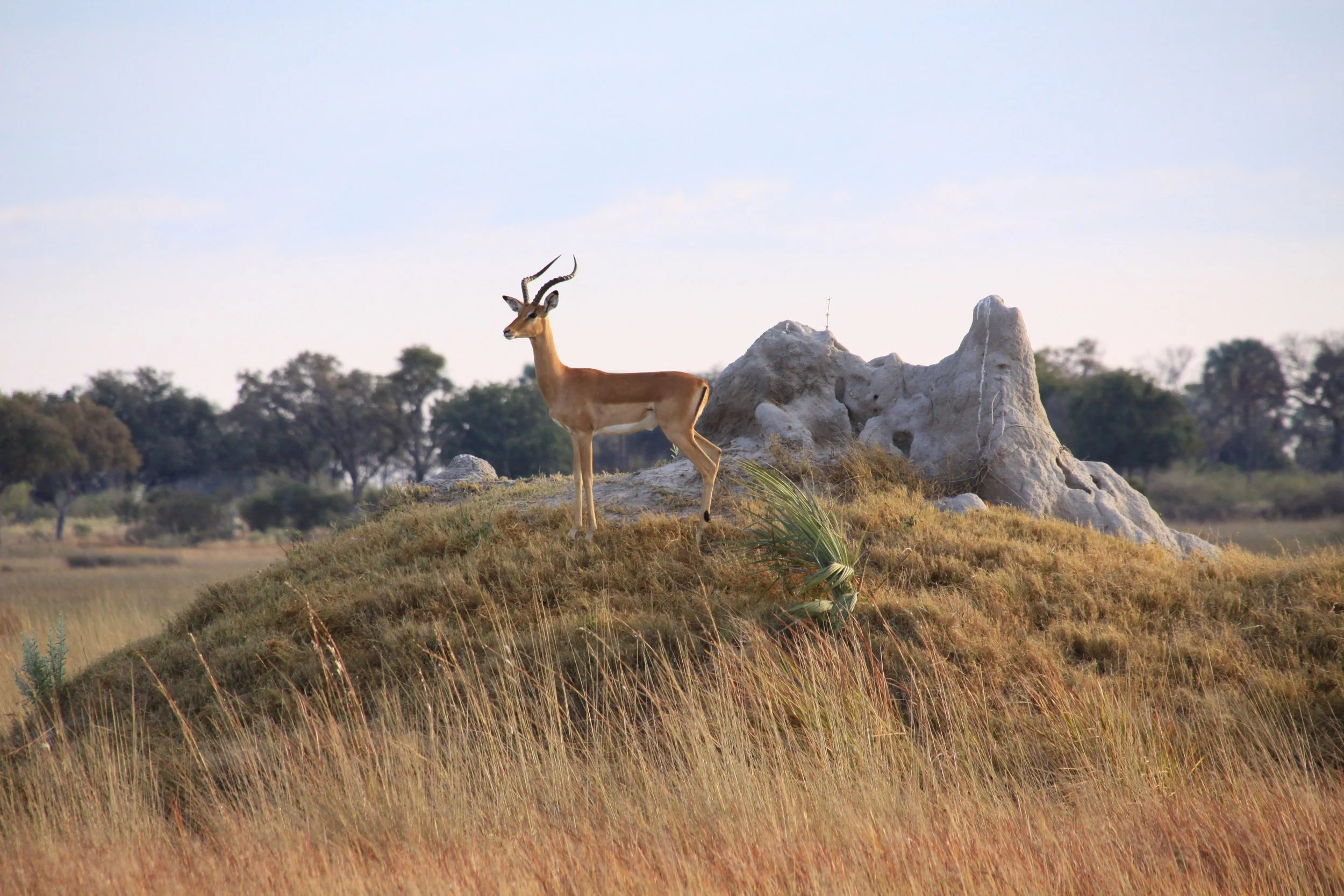
Okavango Botswana. Impala on look out. Make snorting noises when there is danger
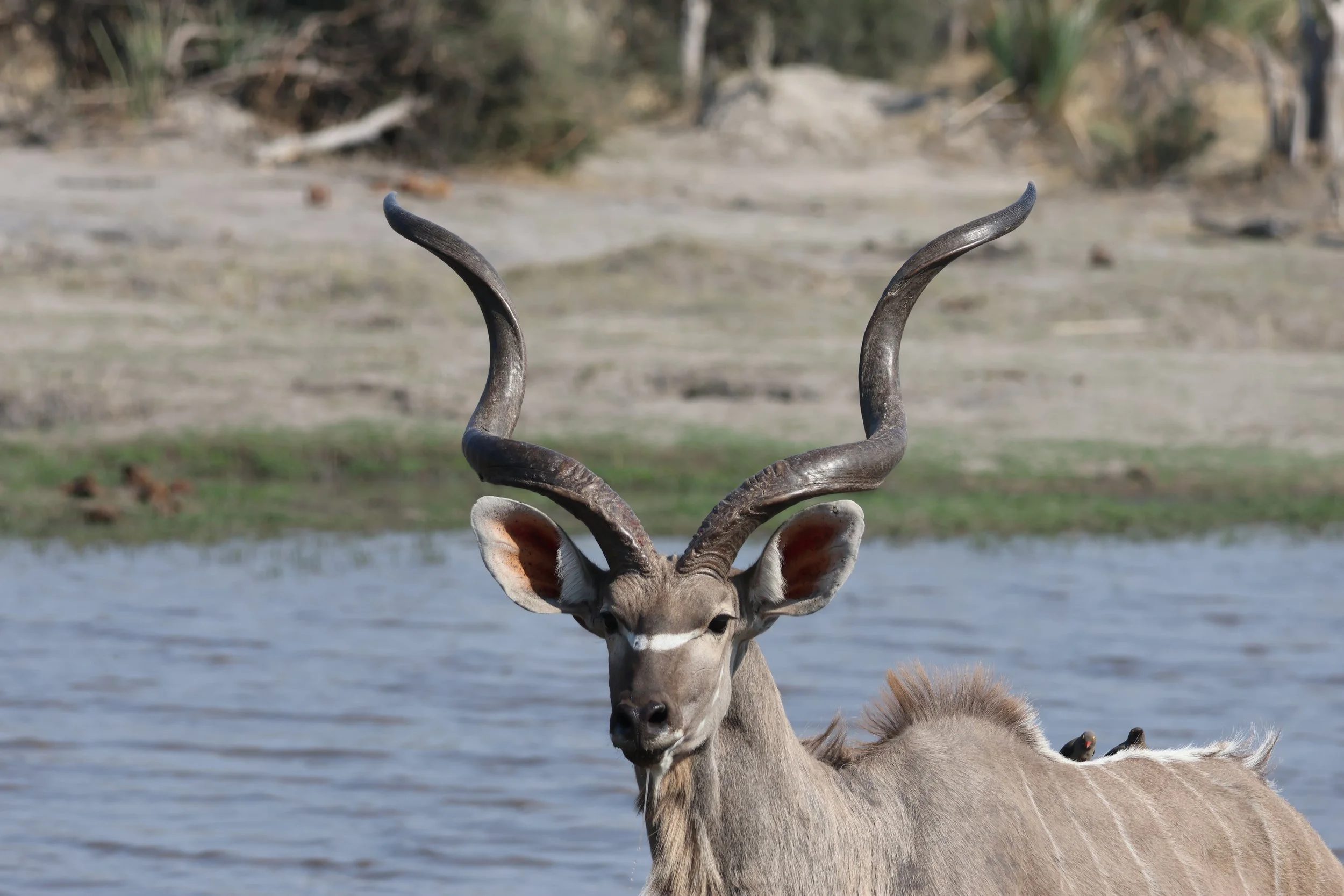
Majestic Greater Kudu. Okavango Botswana.
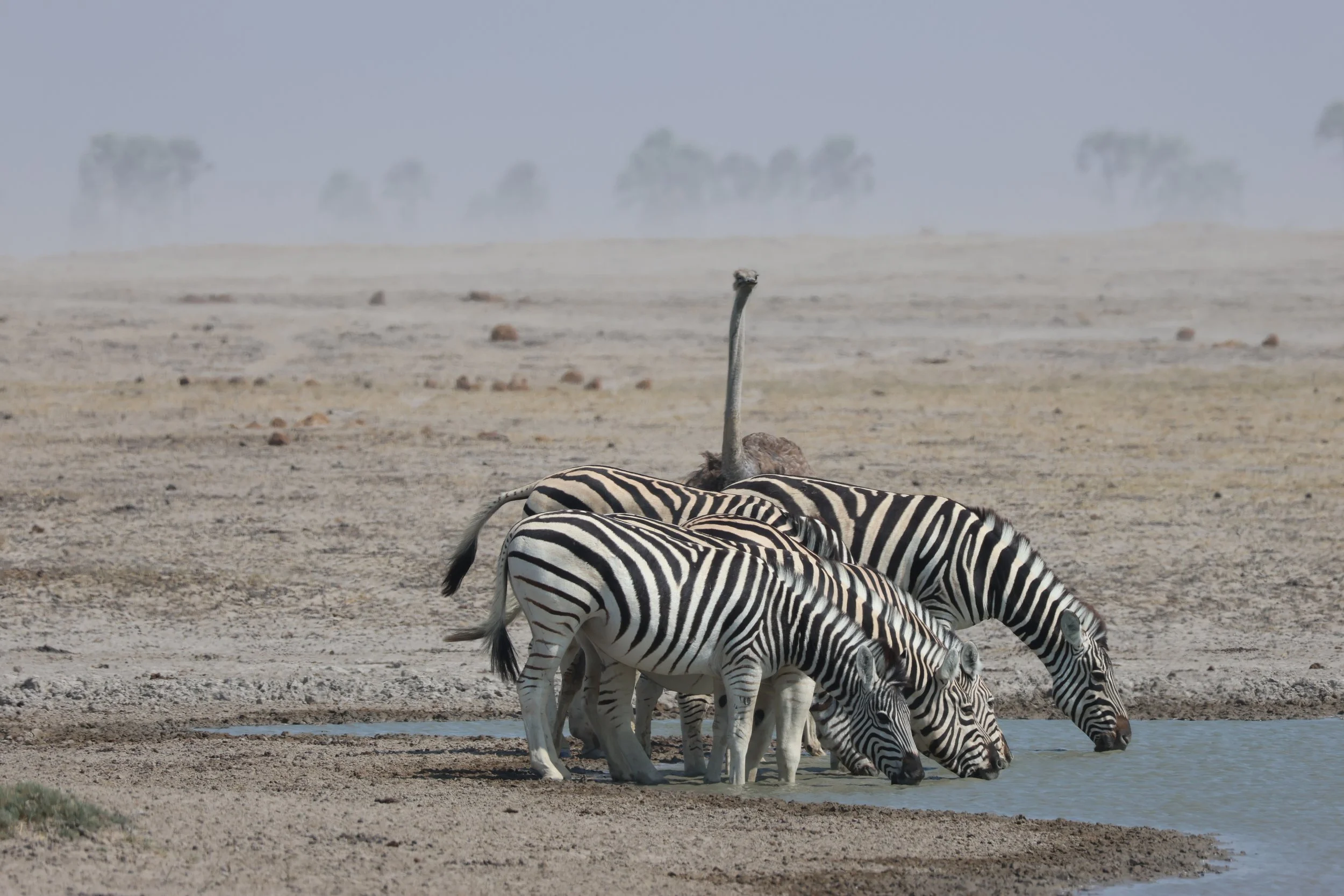
Botswana, Makgadikgadi Salt Pan. Like a half back looking at the opposition at a rugby maul.

Namibia, Oryx. Four species of Oryx, this one called the Gemsbok. Above all other antelopes the Oryx embodies the spirit of the Namibian desert. It is at home in vast shadeless spaces under a fiery sun sheltered by scant thorn trees. He is the thoroughbred of the desert, built like a polo pony with incredible strength and endurance, but sustained only on sparse desert grass.

Namibia, Oryx. Four species of Oryx, this one called the Gemsbok

Namibia, Oryx. Four species of Oryx, this one called the Gemsbok,

Masi Mara, Kenya. Hartebeest

Zambia, Lower Zambesi National Park. Impala on the move. Wild Dogs spotted.
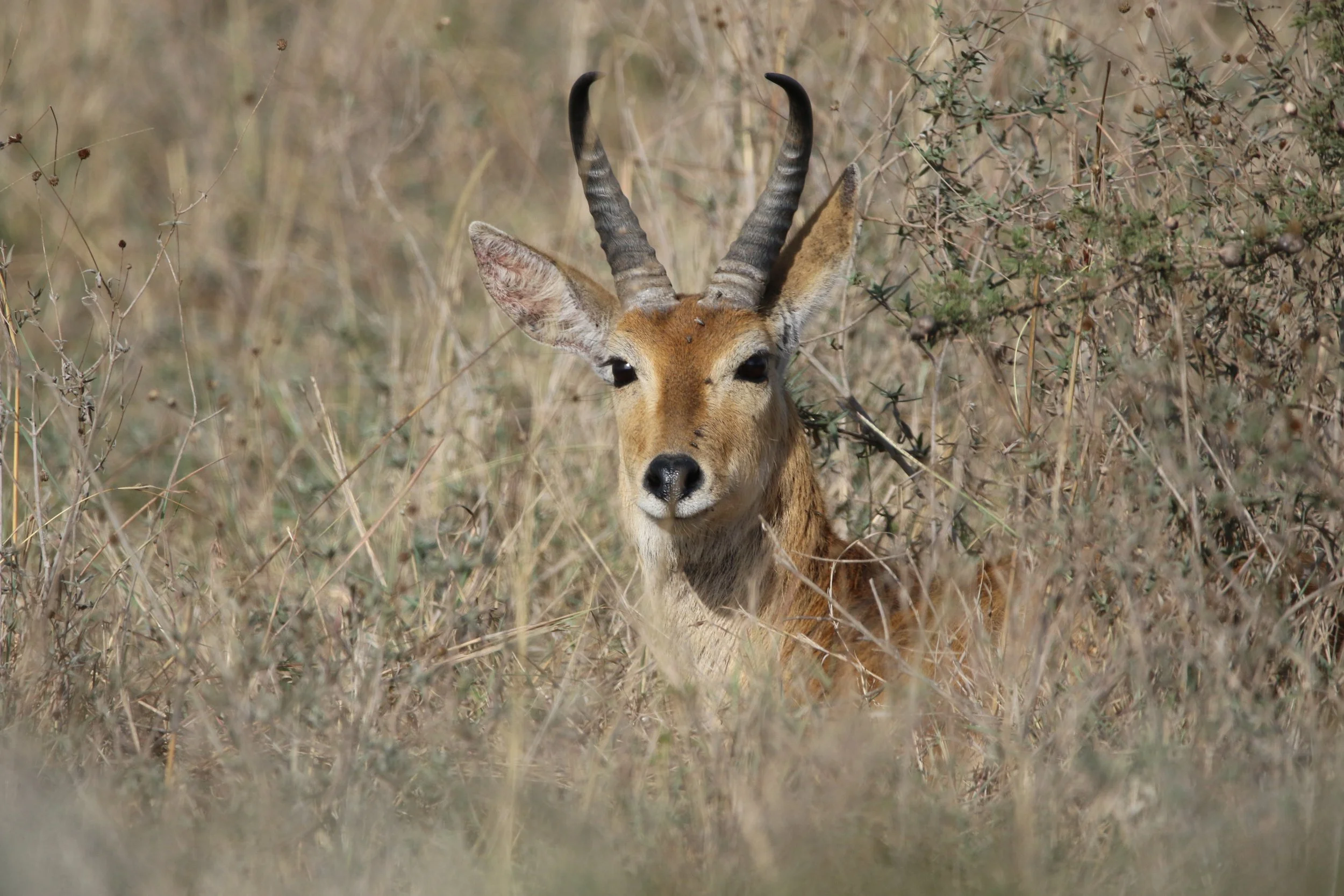
Kruger, South Africa, Reedbuck
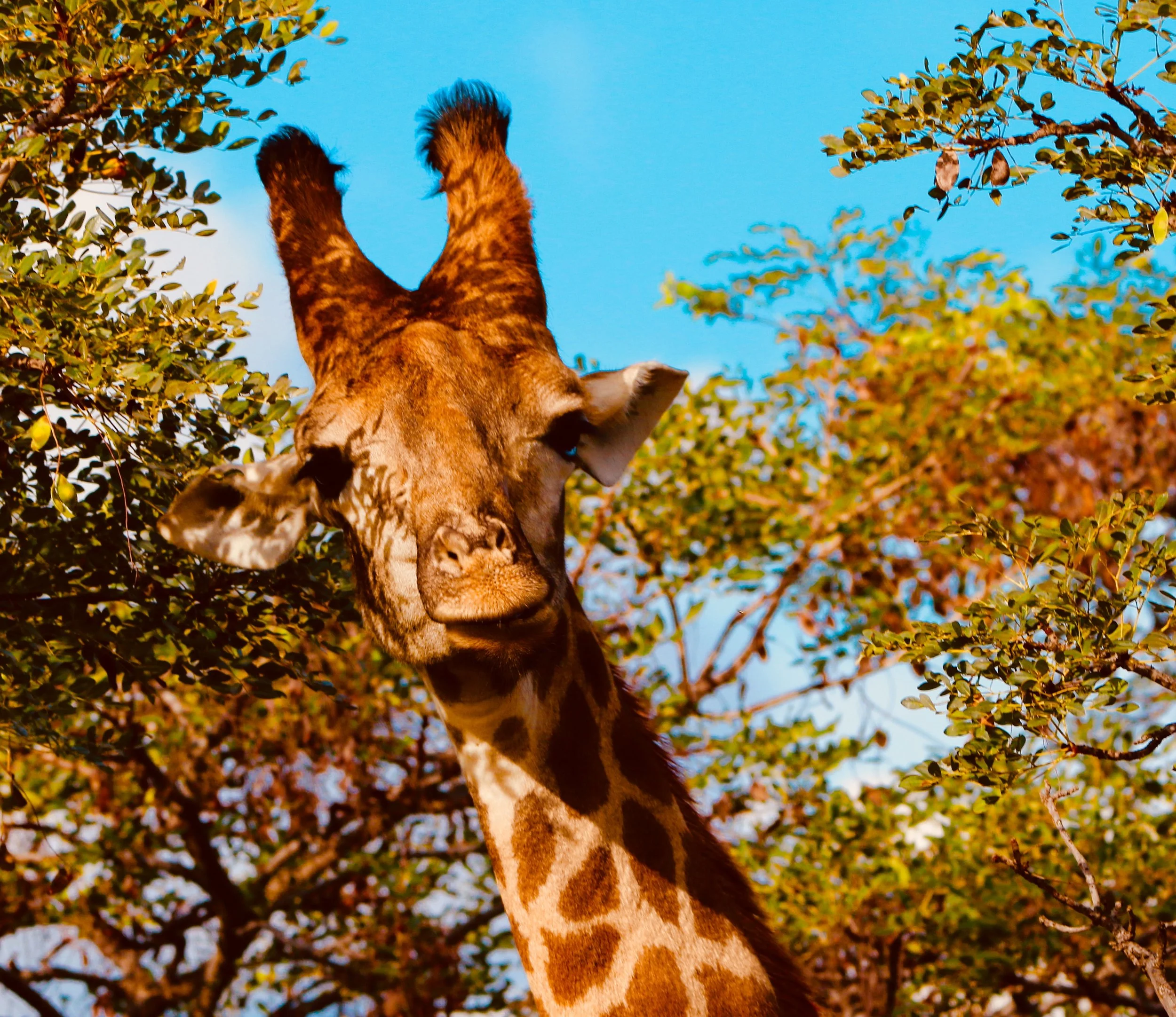
Kenya, Masi Mara. Masi Giraffe. It has distinctive jagged, irregular leaf-like blotches that extend from the hooves to its head.
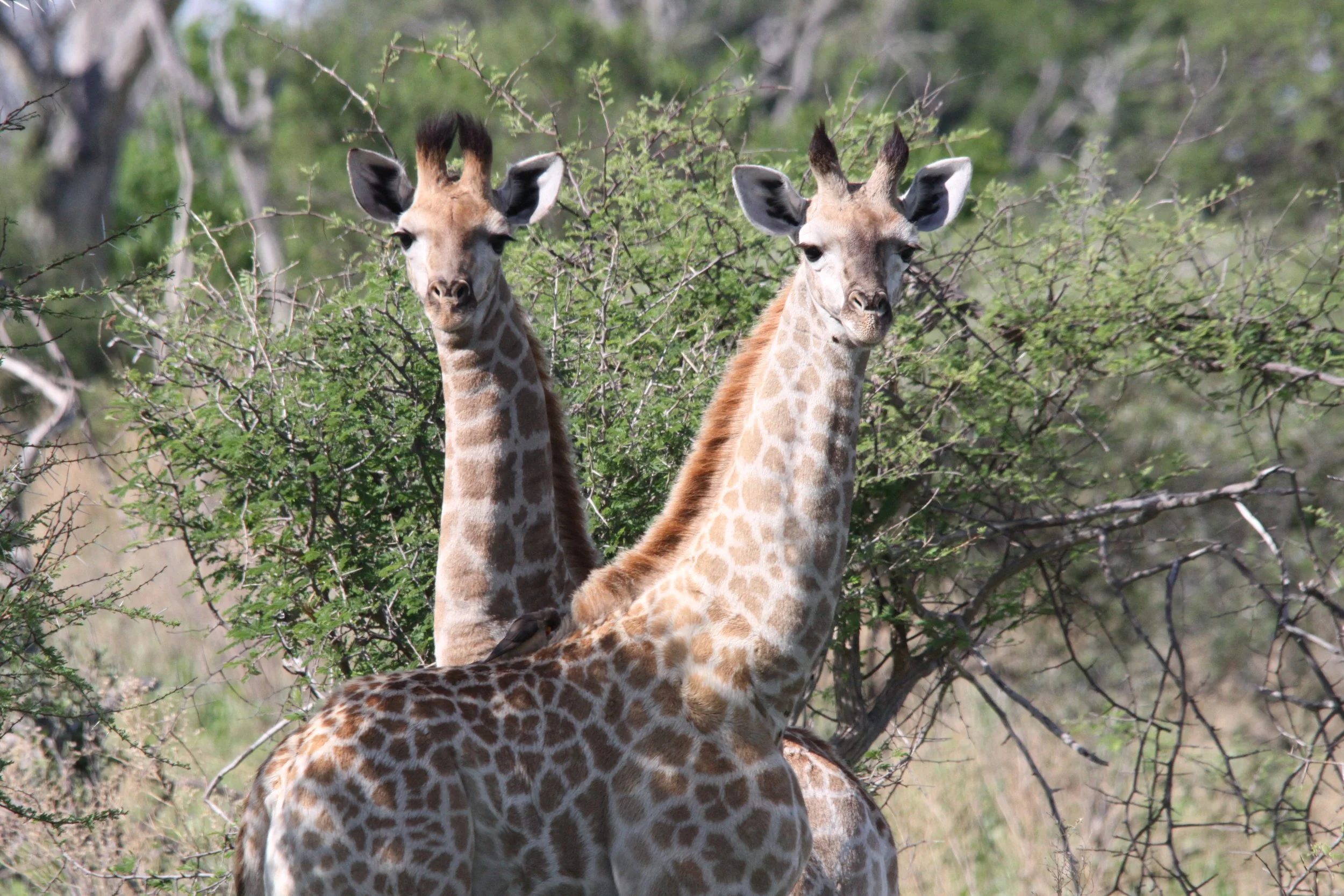
North Luangwa National Park Zambia. Southern Giraffe
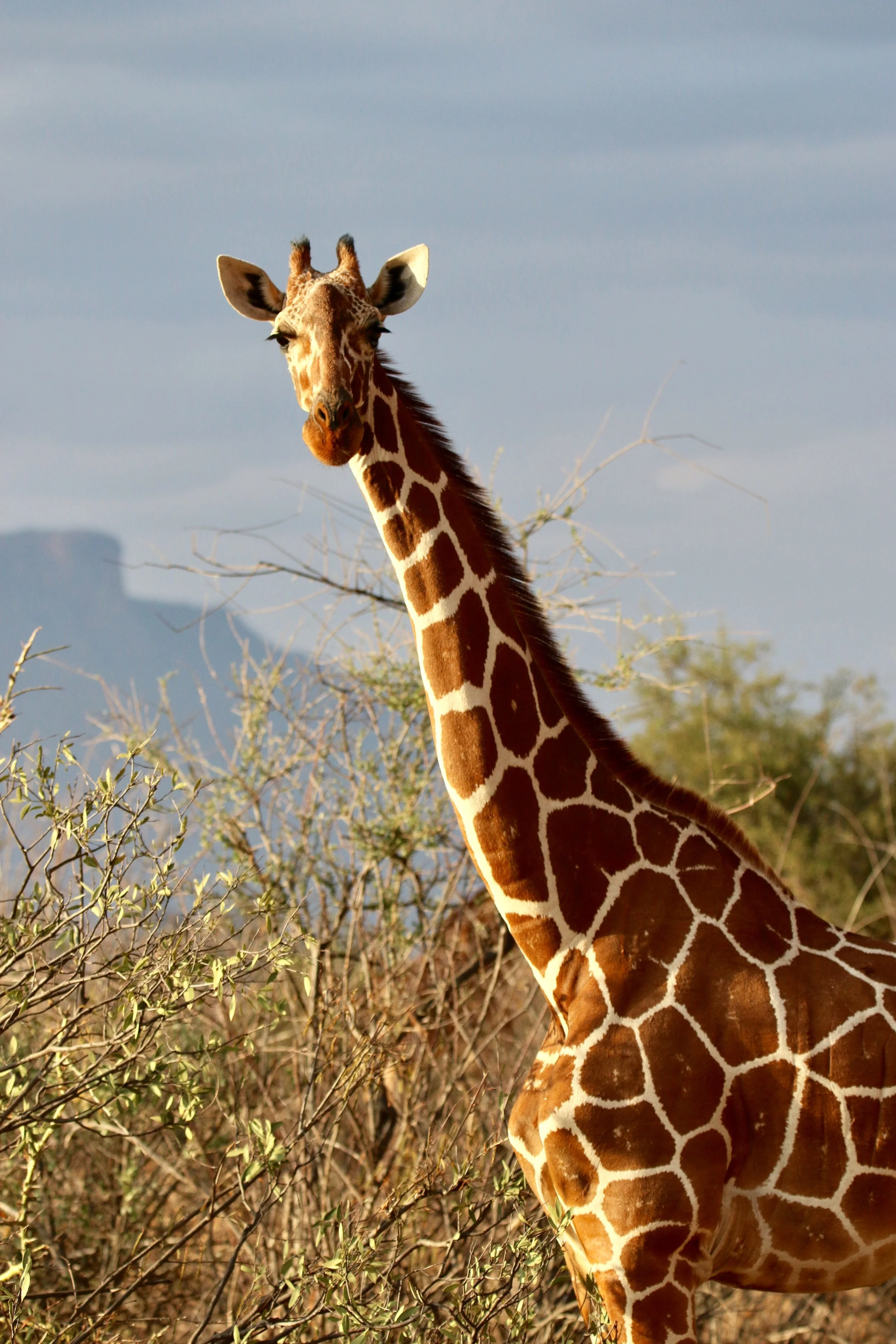
Kenya, Meru National Park. Reticulated giraffe. One of four sub species of giraffe found in Northeast Africa. It is differentiated from other types of giraffes by its coat, which consists of large, polygonal (or squared), block-like spots, which extend onto the lower legs, tail and face.
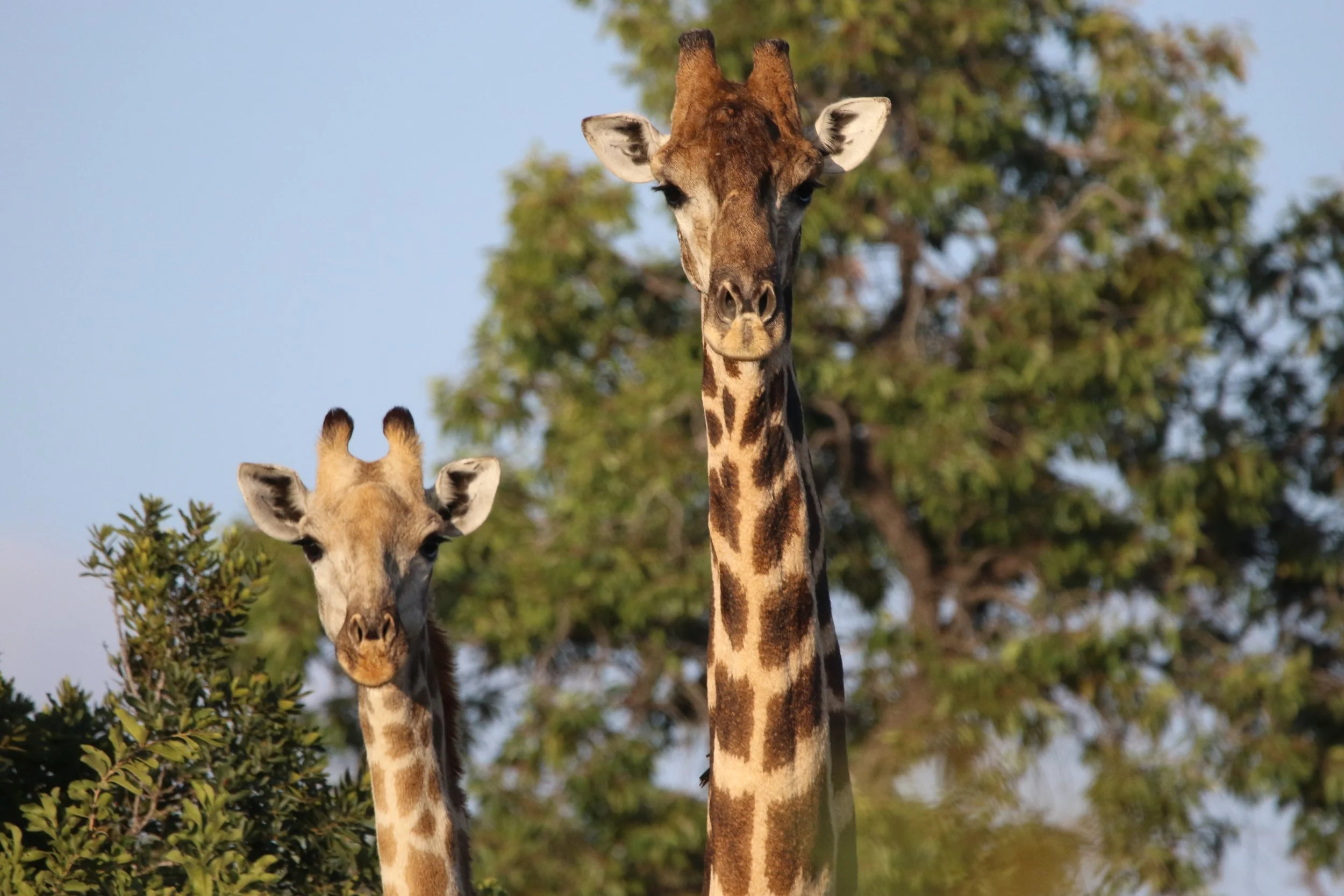
Kenya, Meru National Park. Reticulated giraffe
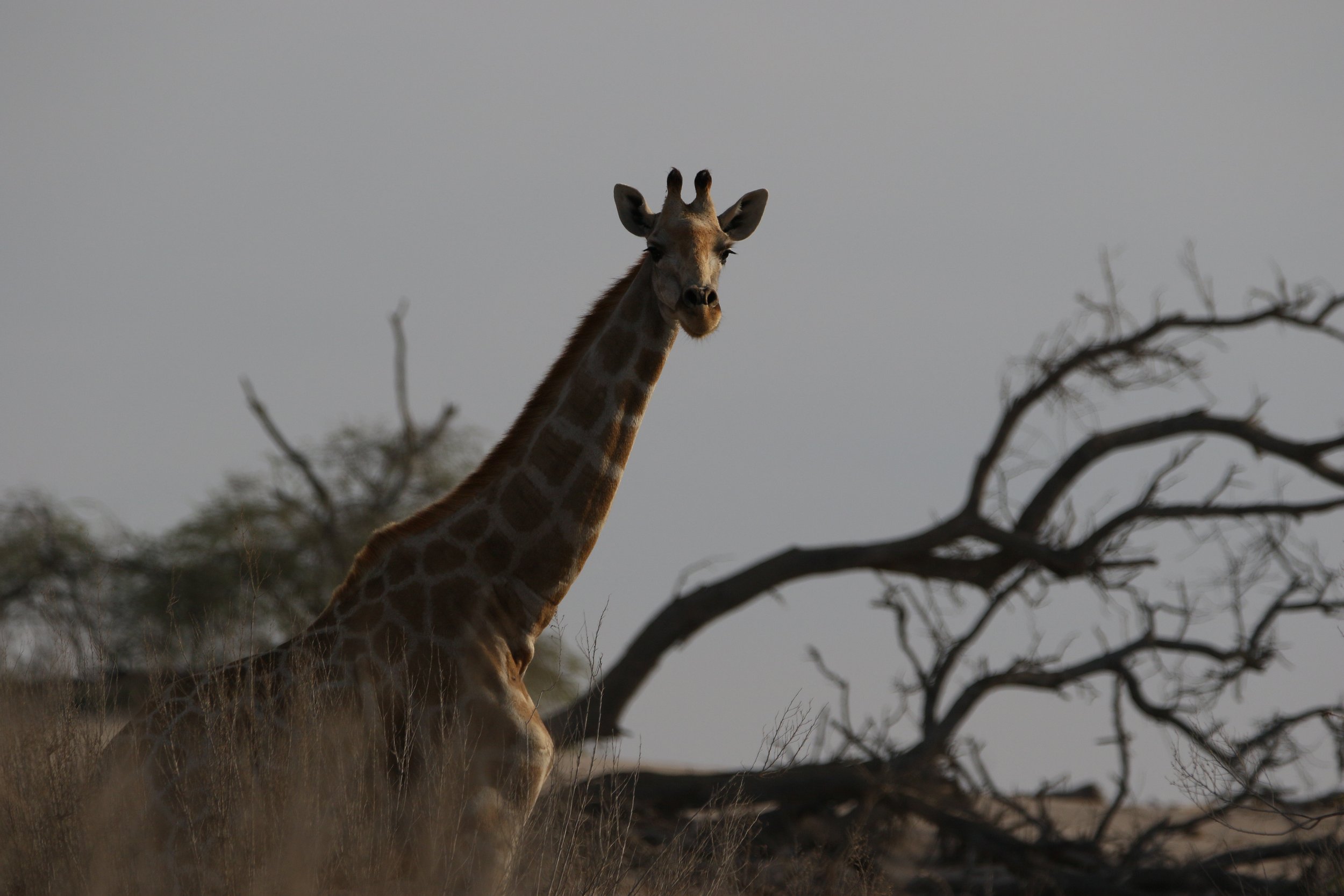
Namibia, Southern Giraffe

Namibia, Damaraland Southern Giraffe

Okavango, Botswana, Southern Giraffe
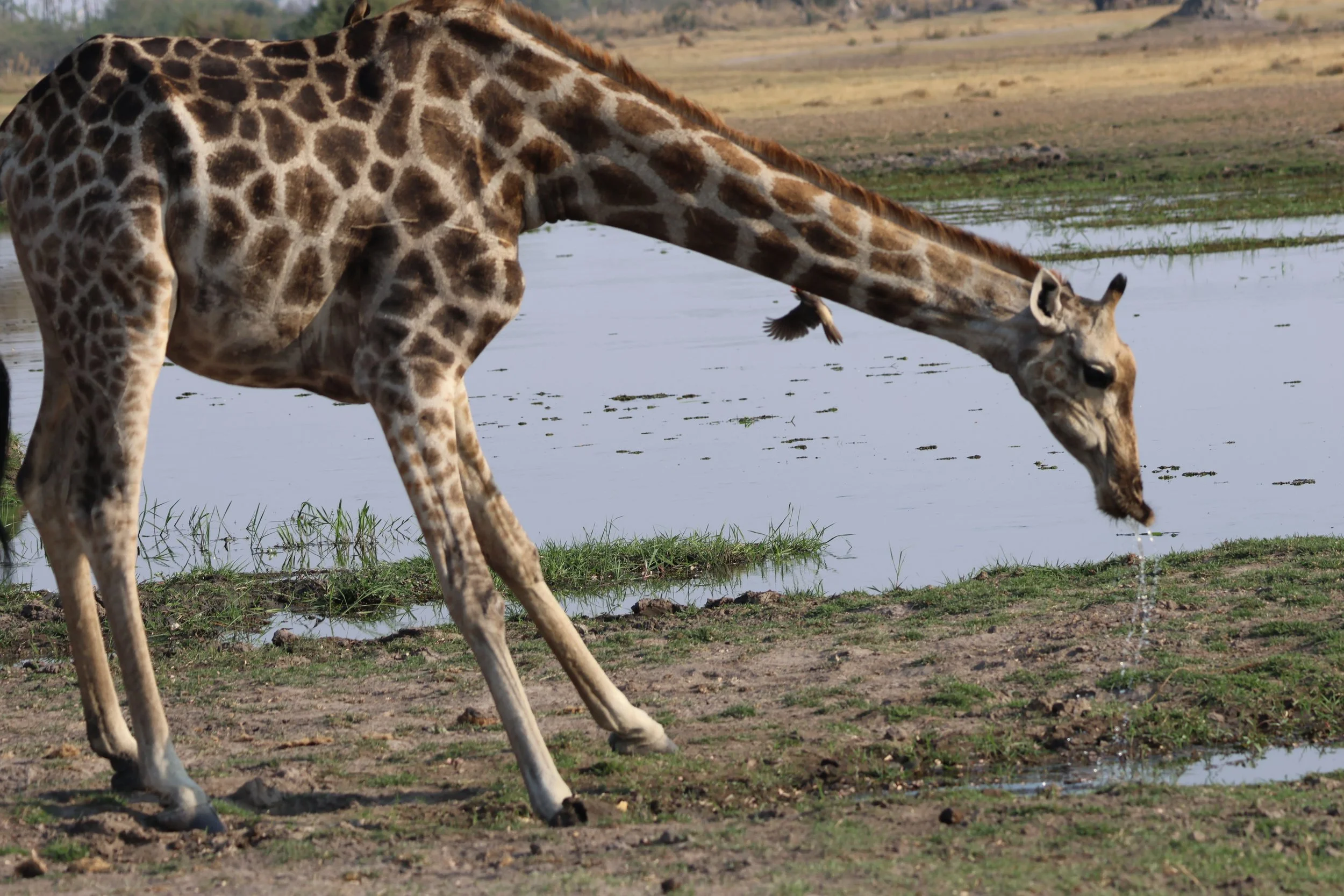
Okavango, Botswana, Giraffe drinking 1 of 3
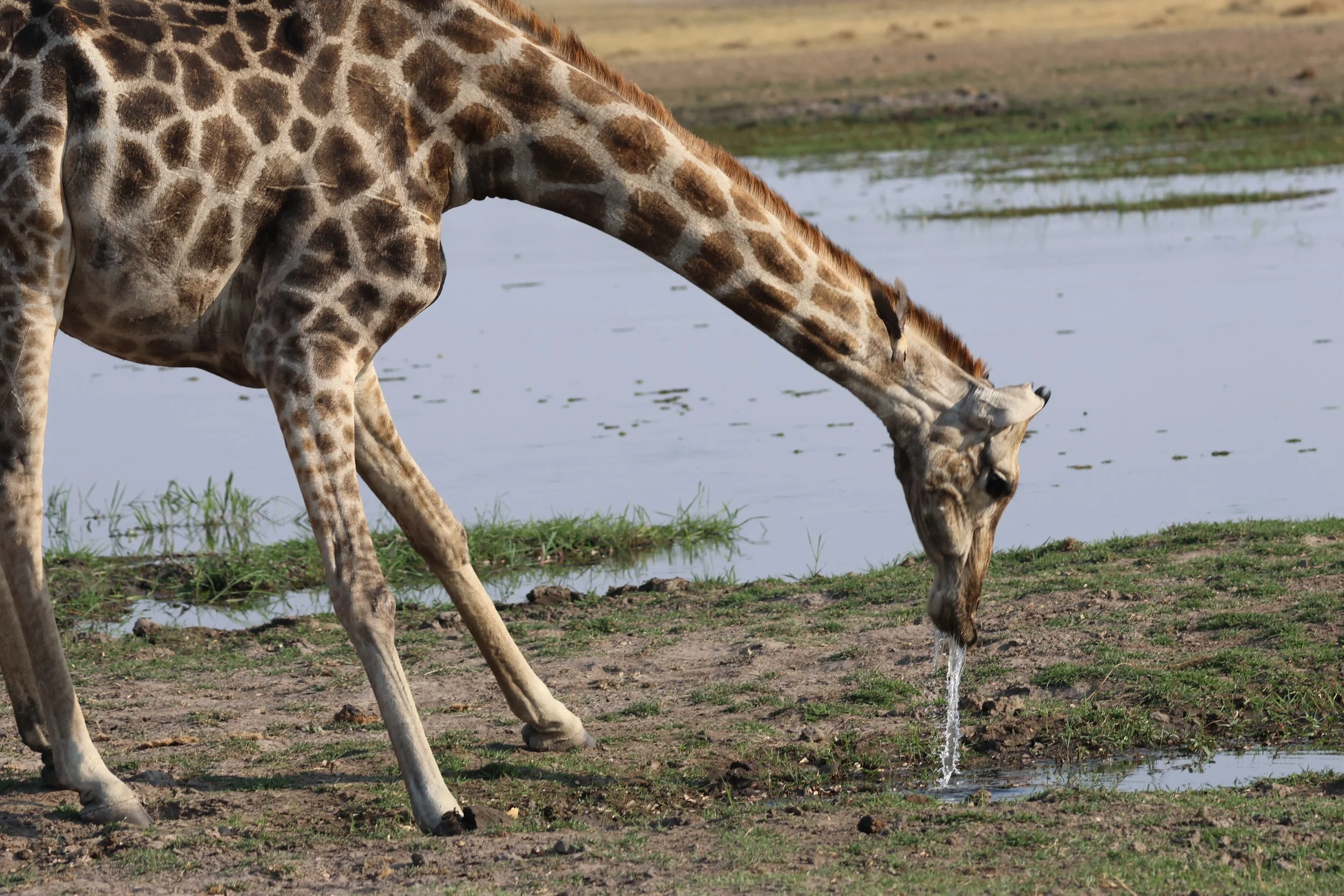
Okavango, Botswana, Giraffe drinking 2 of 3

Okavango, Botswana, Giraffe drinking 3 of 3
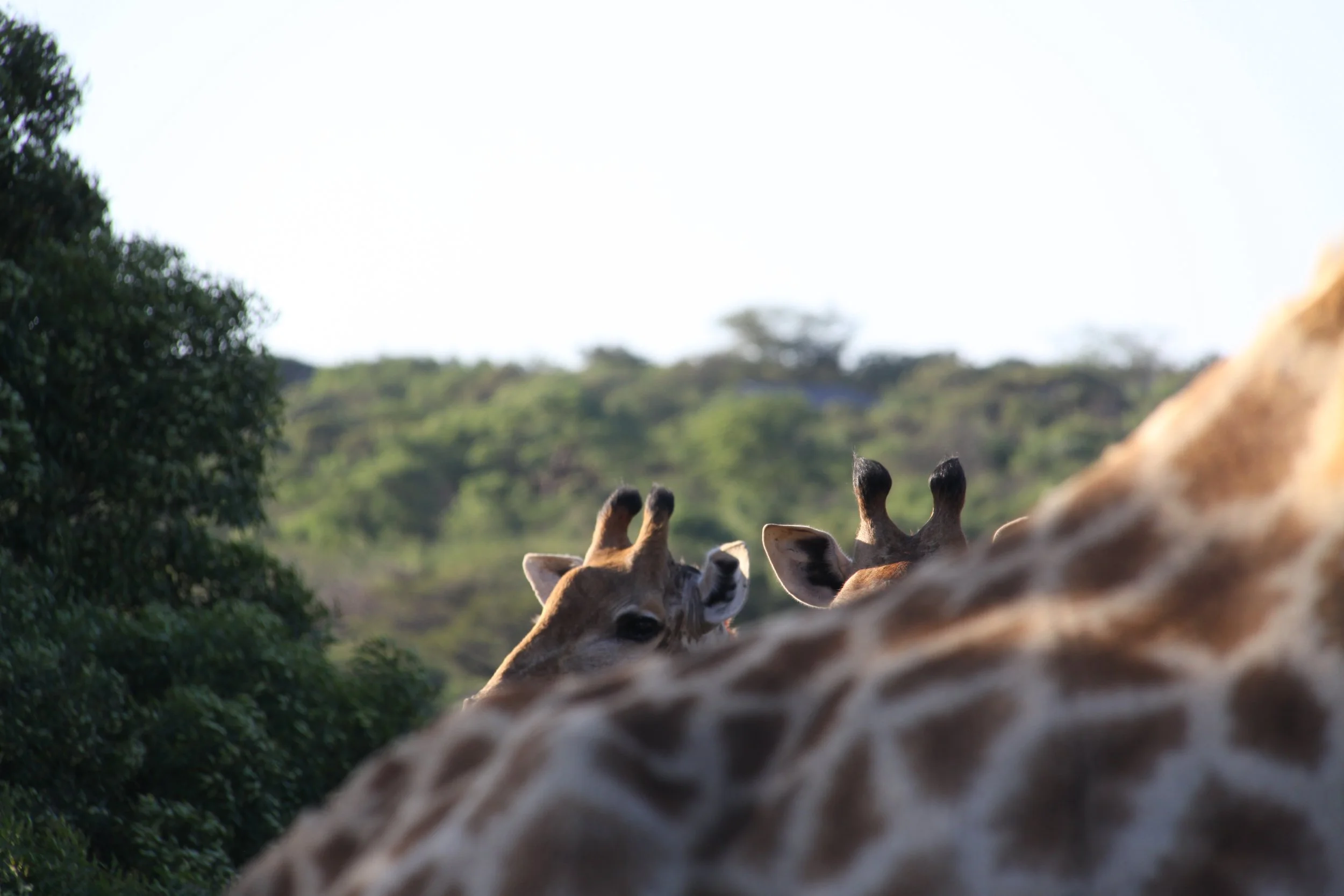
Okavango, Botswana, Southern Giraffe

Masi Mara, Kenya. Leopard turtle with a smile
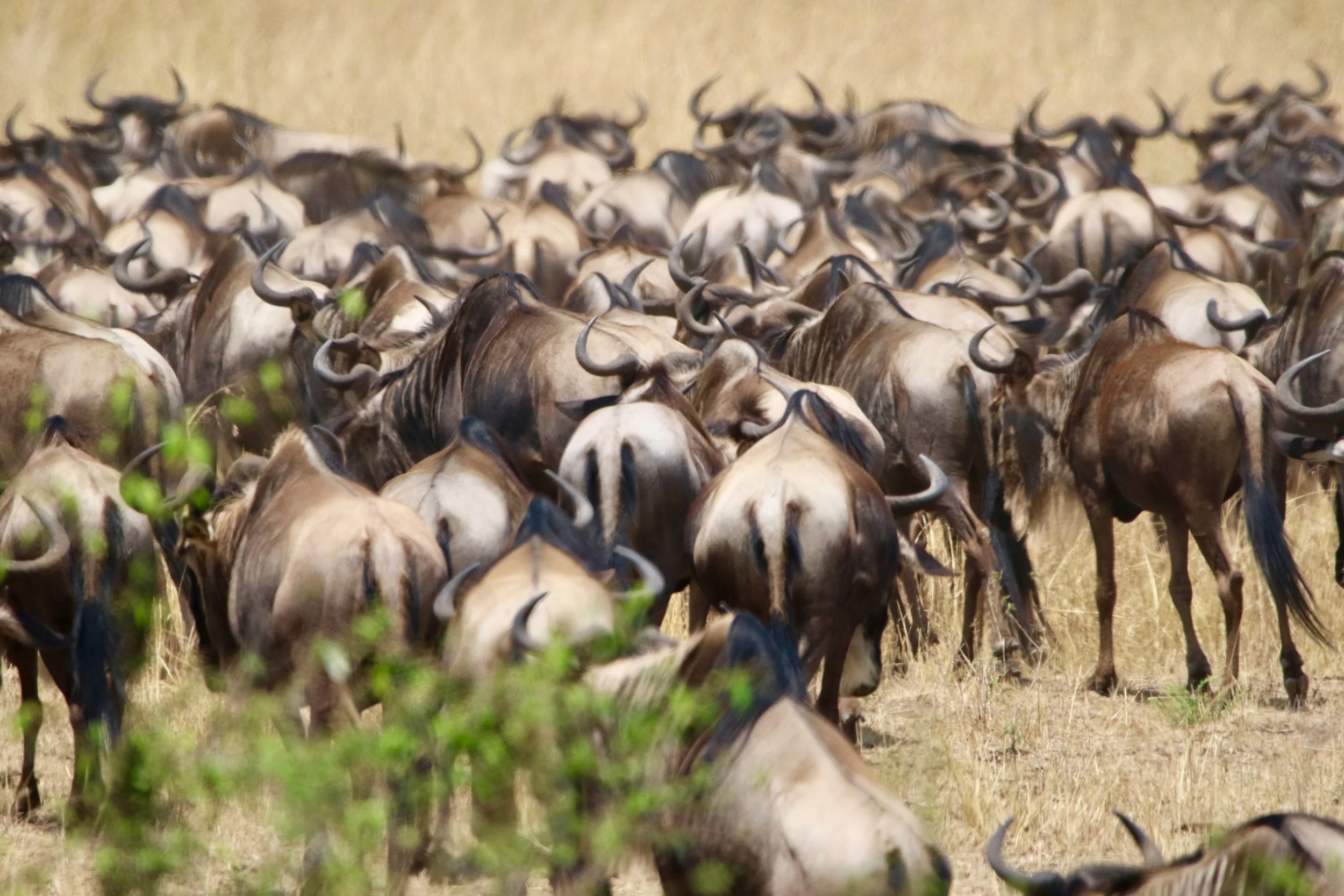
Okavango, Botswana. Black Wildebeest. Black Wildebeest have a dark brown to black body, an erect mane and a long whitish tail. Both sexes have heavy, forward curving horns.
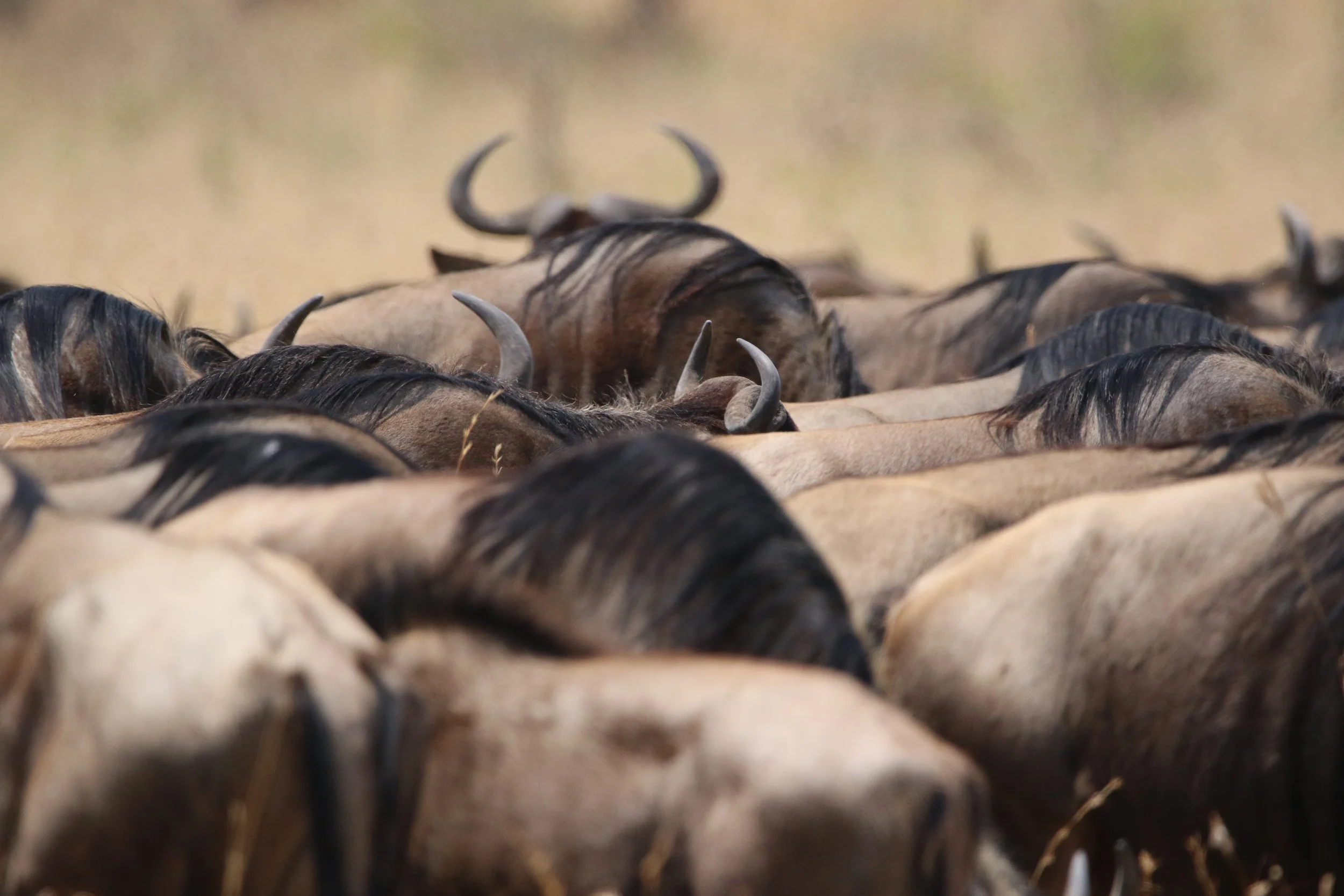
Okavango, Botswana. Black Wildebeest
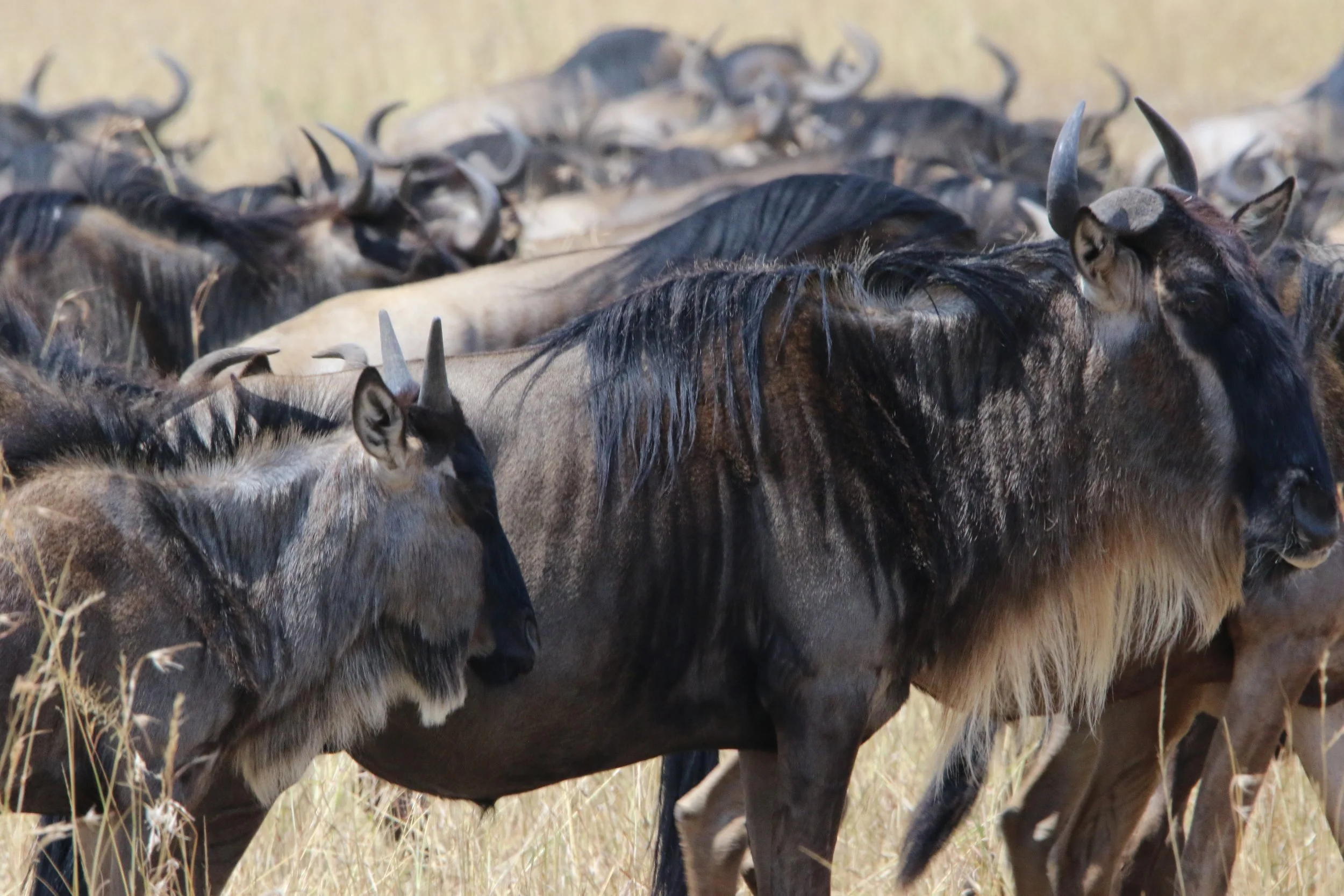
Phinda, South Africa, Blue Wildebeest. lue wildebeest are characterised by a long black mane and a beard of hair hanging from the throat and neck. Both sexes grow short, curved horns.
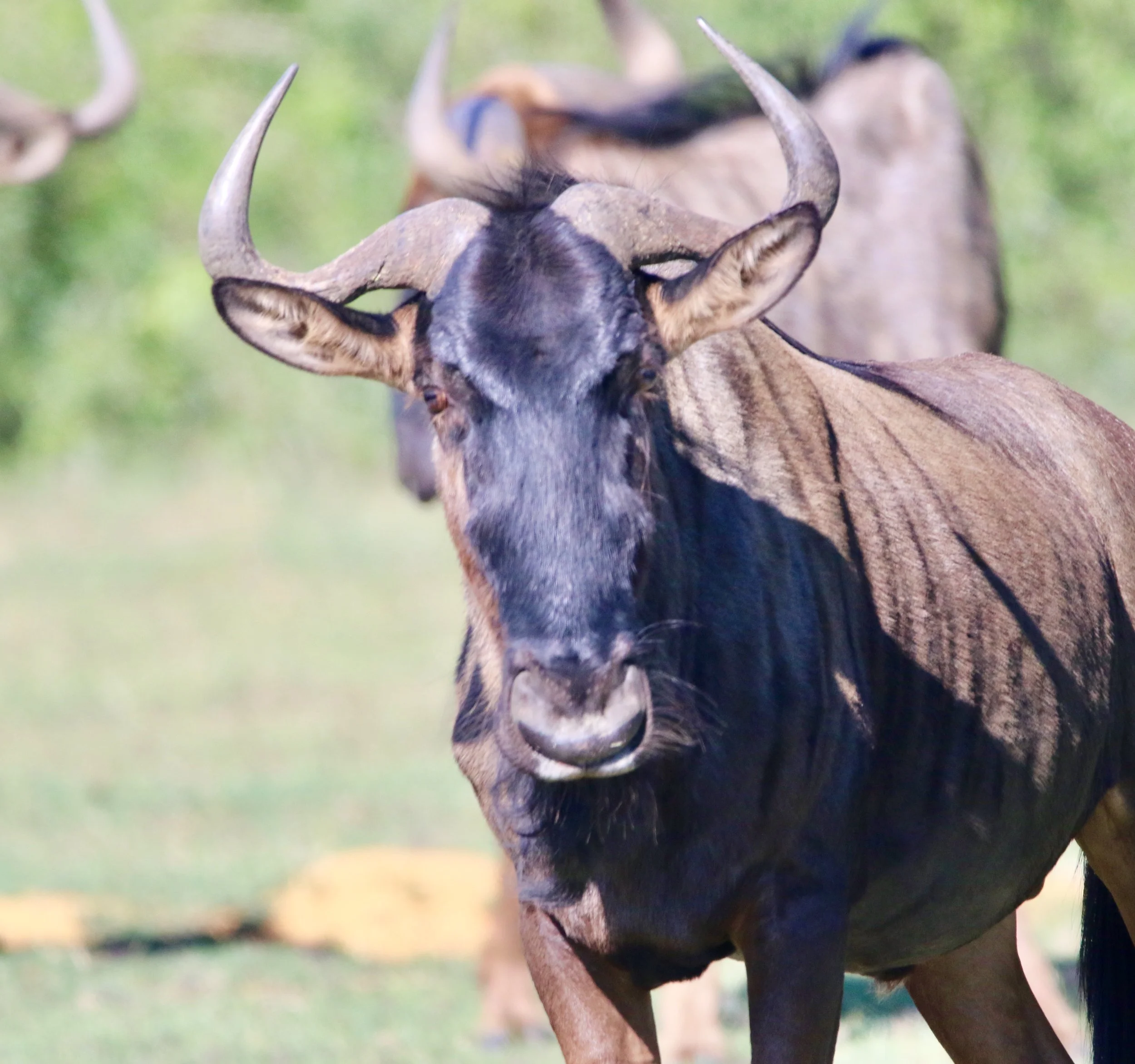
Okavango, Botswana. Black Wildebeest
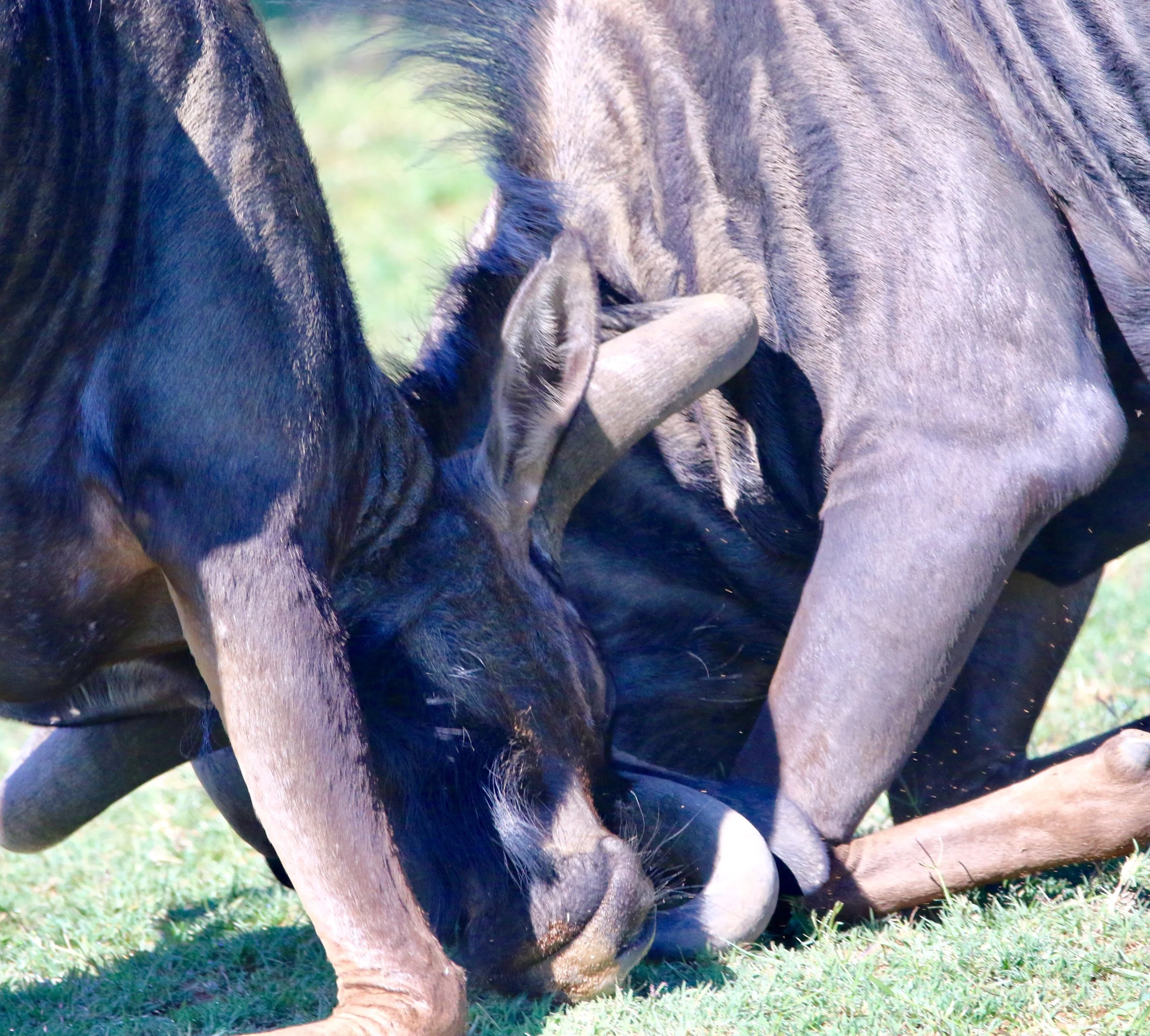
Phinda, South Africa, Two young male Black Wildebeest having a wrestle
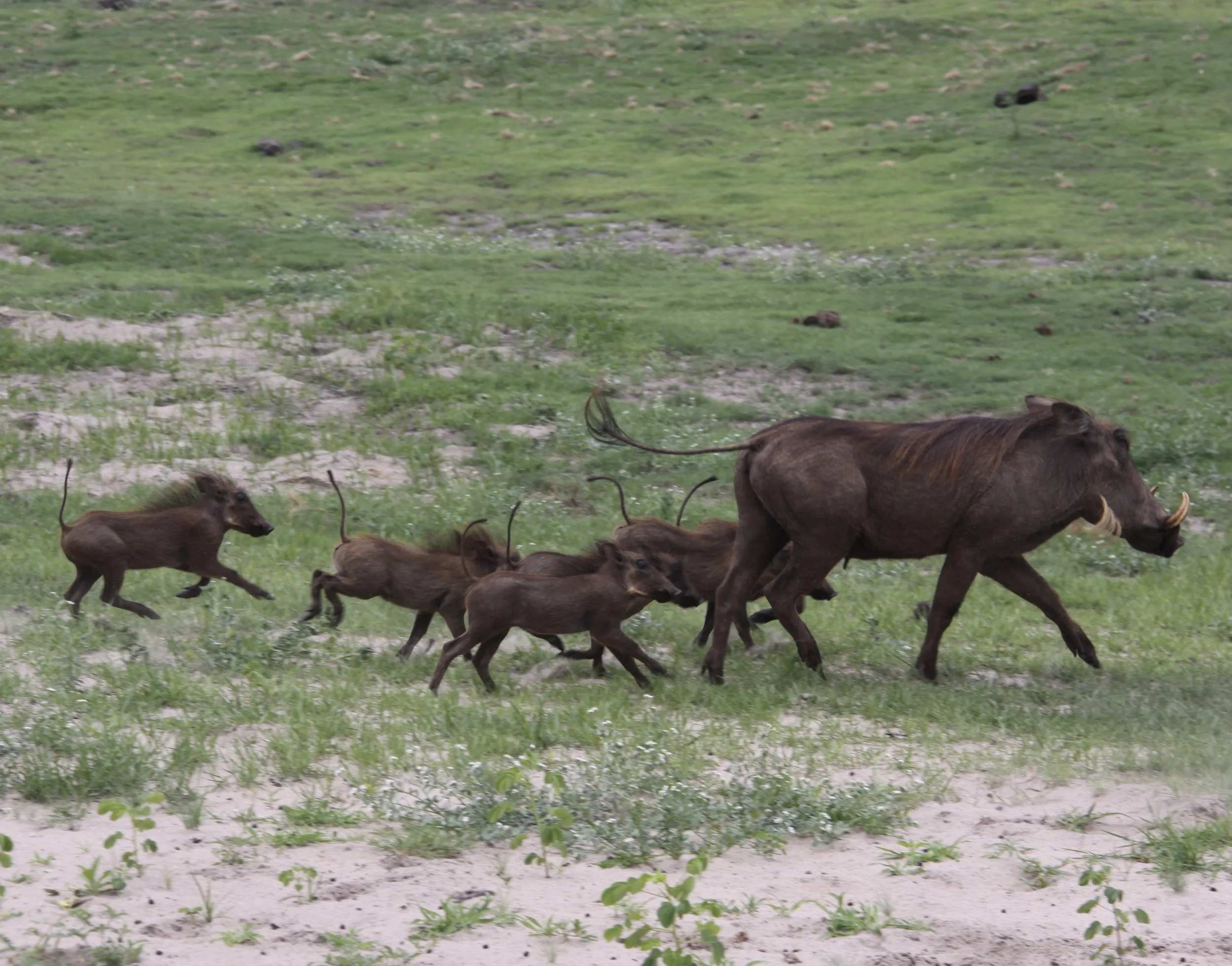
Mana Pools, Zimbabwe. Mother warthog and piglets on the march.
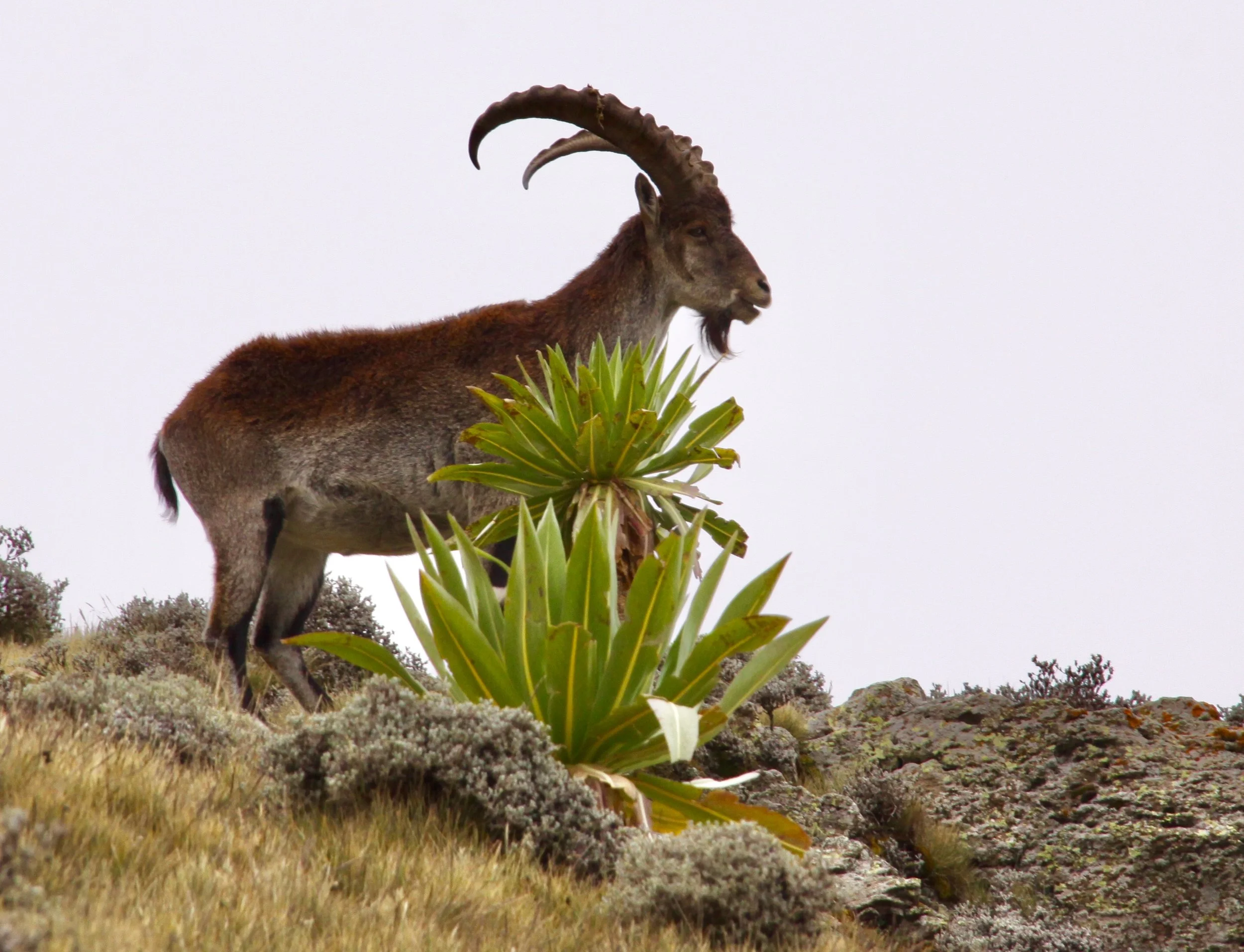
Semien Mountains, Ethiopia. Looks like an antelope, found in the Ethiopian highlands is actually the Walia Ibex (Capra walie), a unique species of wild goat
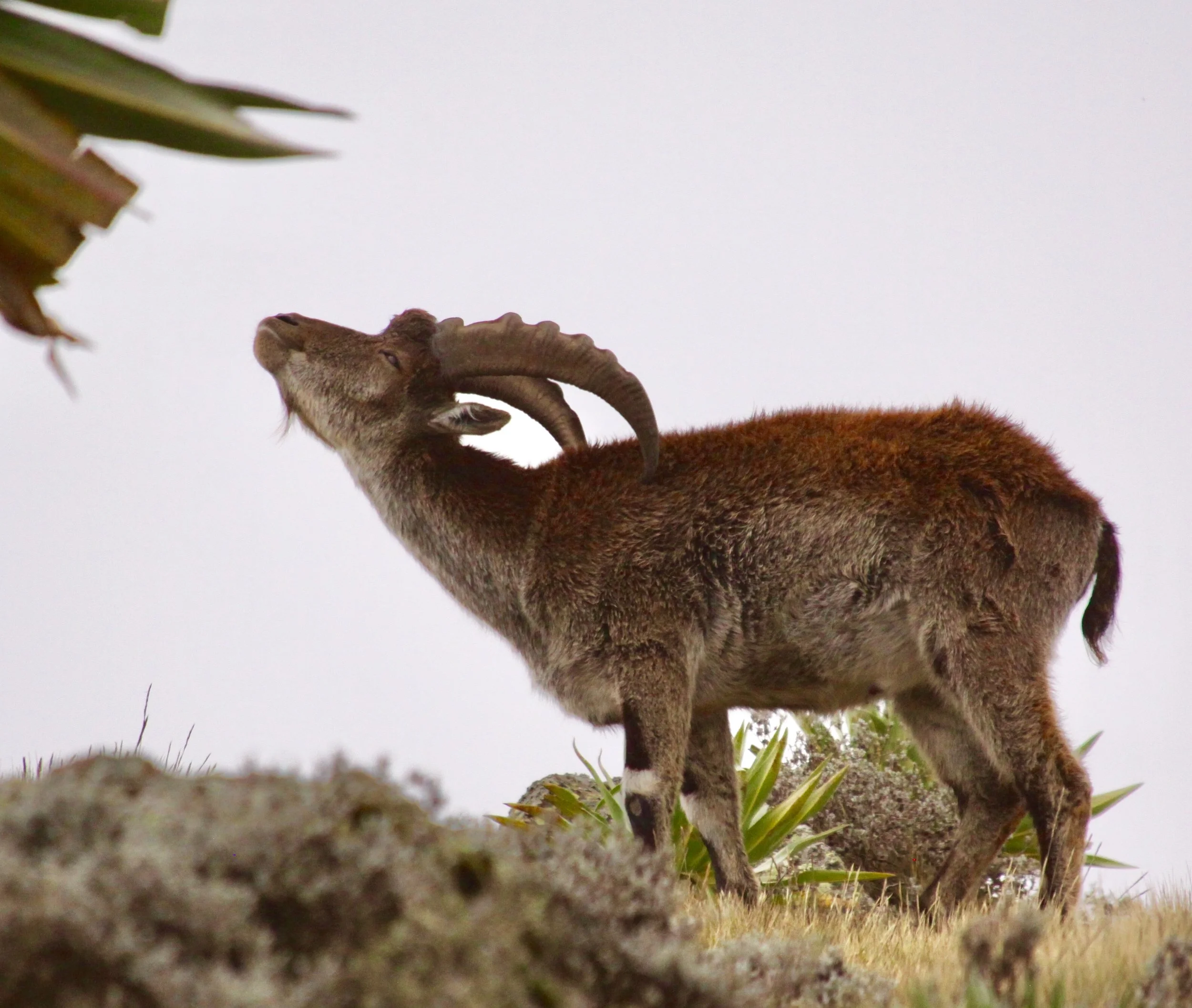
Semien Mountains, Ethiopia. Looks like an antelope, found in the Ethiopian highlands is actually the Walia Ibex (Capra walie), a unique species of wild goat
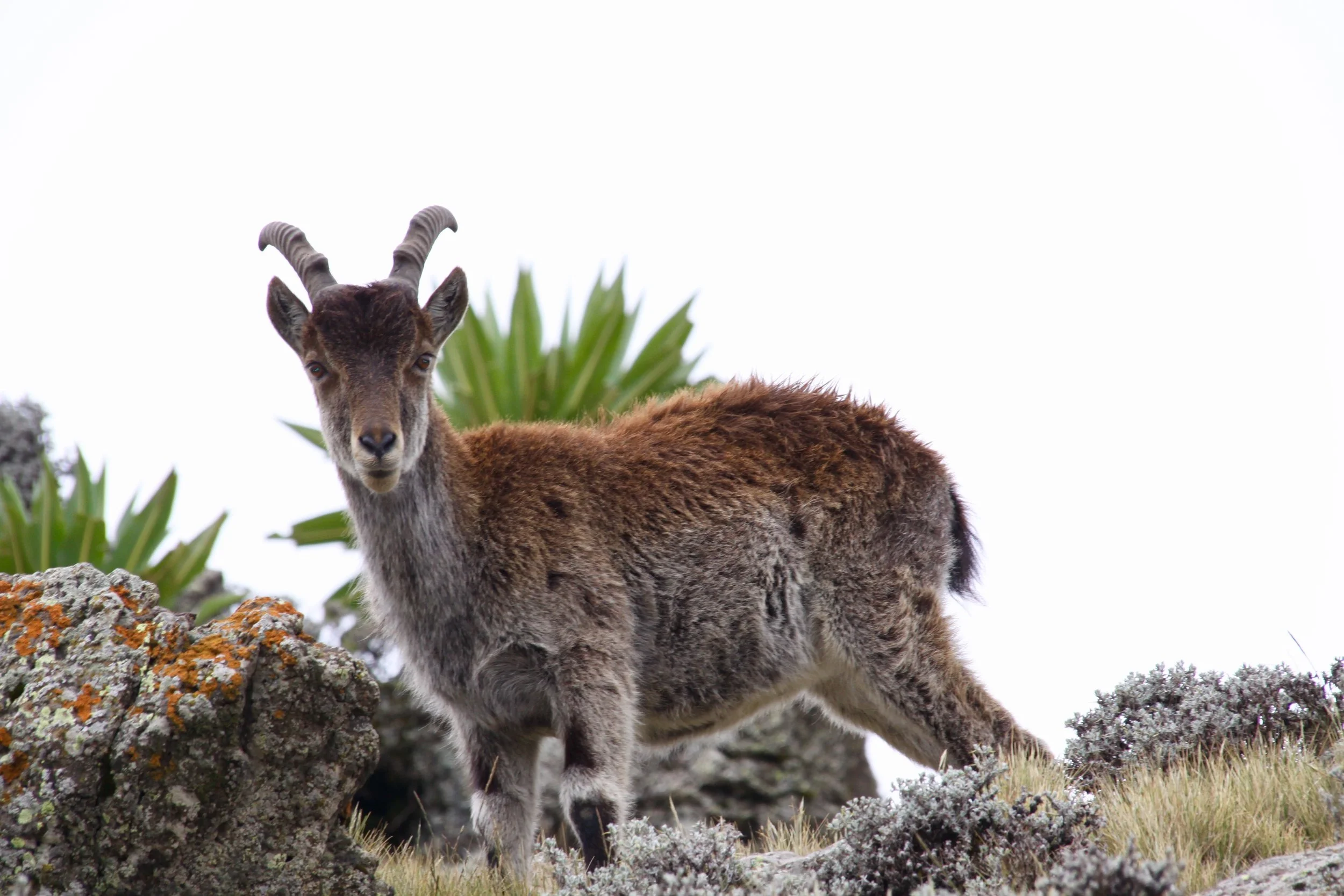
Semien Mountains, Ethiopia. Looks like an antelope, found in the Ethiopian highlands is actually the Walia Ibex (Capra walie), a unique species of wild goat
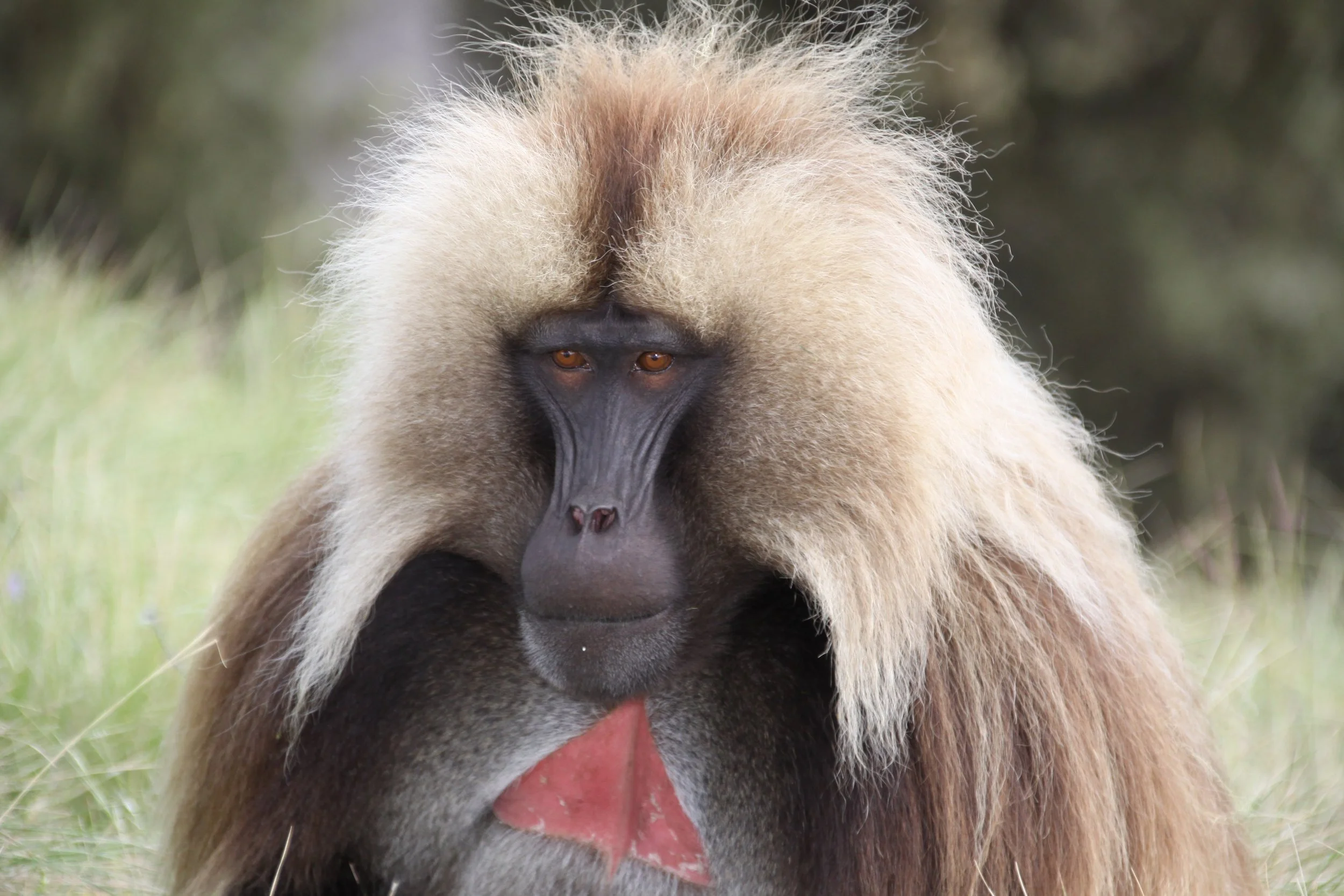
Semien Mountains, Ethiopia. Another unique animal. When it comes to primate species with fascinating idiosyncrasies, geladas do not disappoint. These highland monkeys, also known as gelada baboons and bleeding-heart baboons, are highly social, occupying herds that are several hundred or even 1,000 strong.
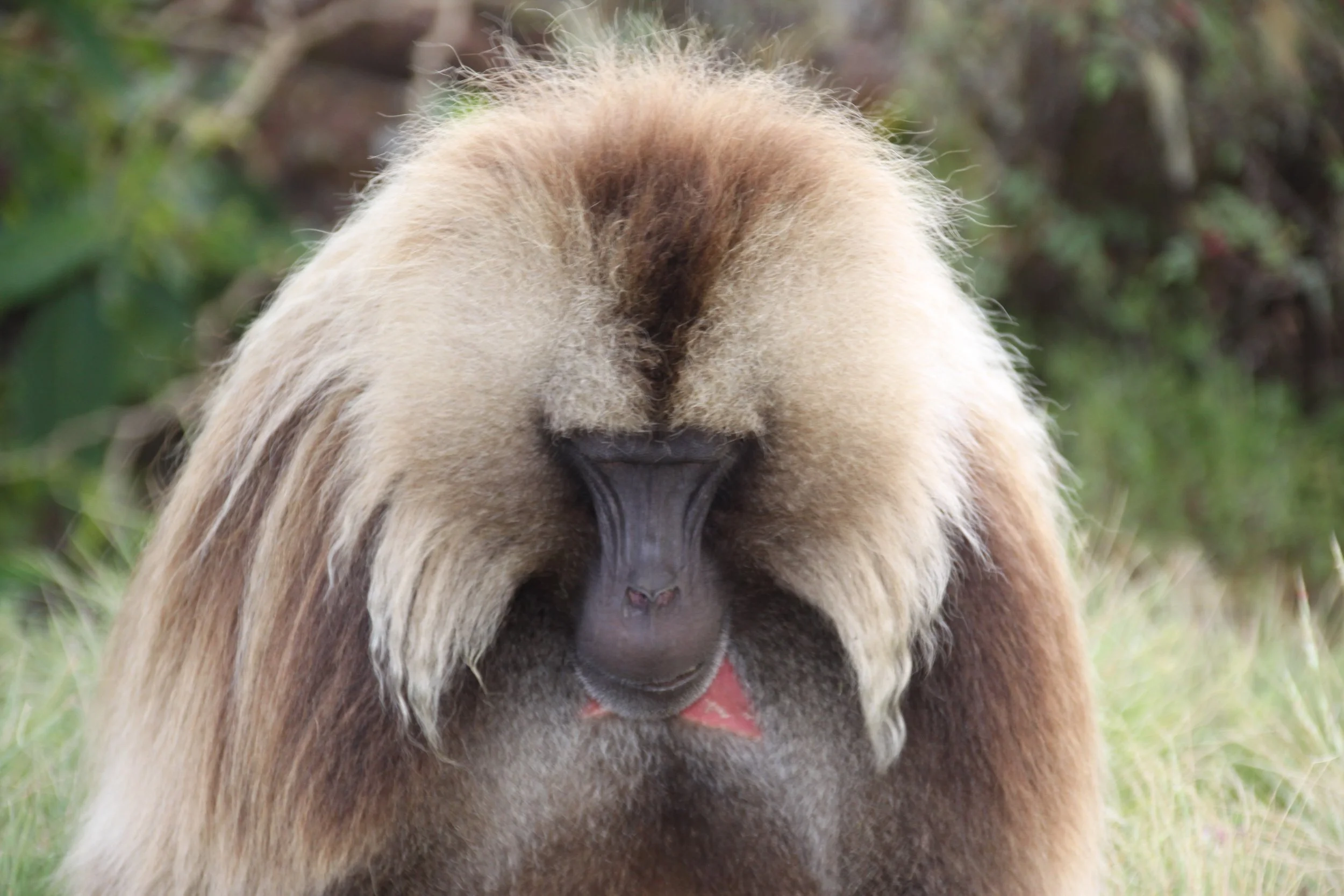
Semien Mountains, Ethiopia. Species of Old World monkey found only in the Ethiopian Highlands, living at elevations of 1,800–4,400 m (5,900–14,400 ft) above sea level.
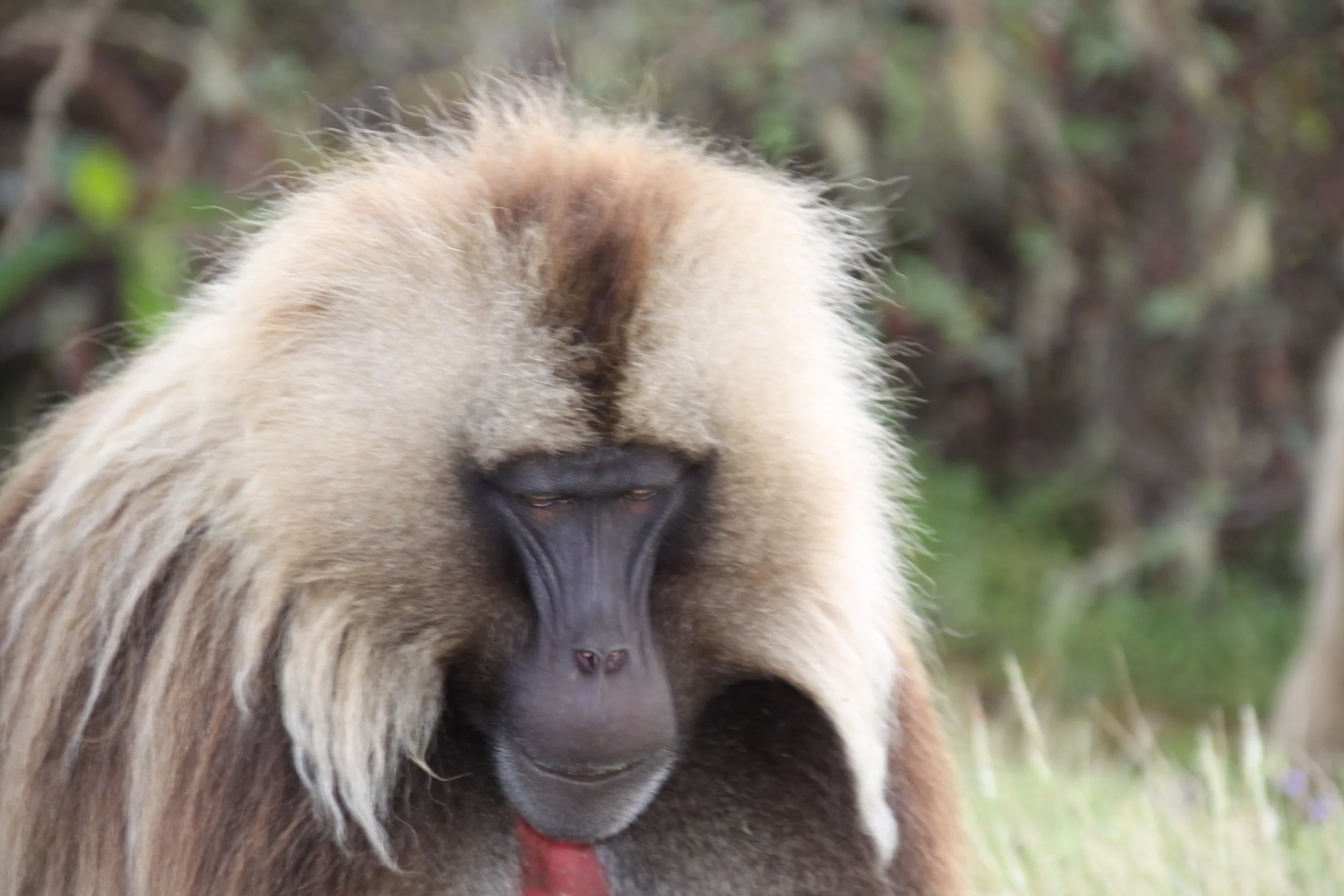
Semien Mountains, Ethiopia. Geladas have very noticeable hourglass-shaped bare patches on their chests, which go from pink to livid red when females are in estrus or males are dominant. On females that are ready to mate, a ring of fluid-filled blister pearls forms around these patches.
